Looking for a chilled, scenic and slightly chaotic city escape? Here’s our honest, no-fluff recap of a 5-day Southern Spain trip that included Malaga, a day trip to Setenil de las Bodegas and Ronda, and a quick hop across the border to Gibraltar—complete with monkeys, markets, and more tapas than we care to count.
If you’re planning a trip and want real travel tips (plus what not to do at the airport), here’s everything we got up to.
Arriving in Malaga: Lost in Translation at the Airport
We landed at Malaga Airport early evening, thinking we’d be at our hotel in no time.
Wrong. Finding the buses and trains felt like an obstacle course. We were given at least 4 sets of different directions, all incorrect. Eventually—somewhat by chance—we found the correct bus and made our way into the city.
Our base was the Ibis Centro, just outside Malaga’s old town. Nothing fancy, but clean, central, and solid for the price. By the time we freshened up and regrouped, it was already late on a Monday night. Fortunately, just a few streets away we found Rincón de Oliva—a laid-back local bar with cold beer and delicious tapas. Perfect first-night energy.
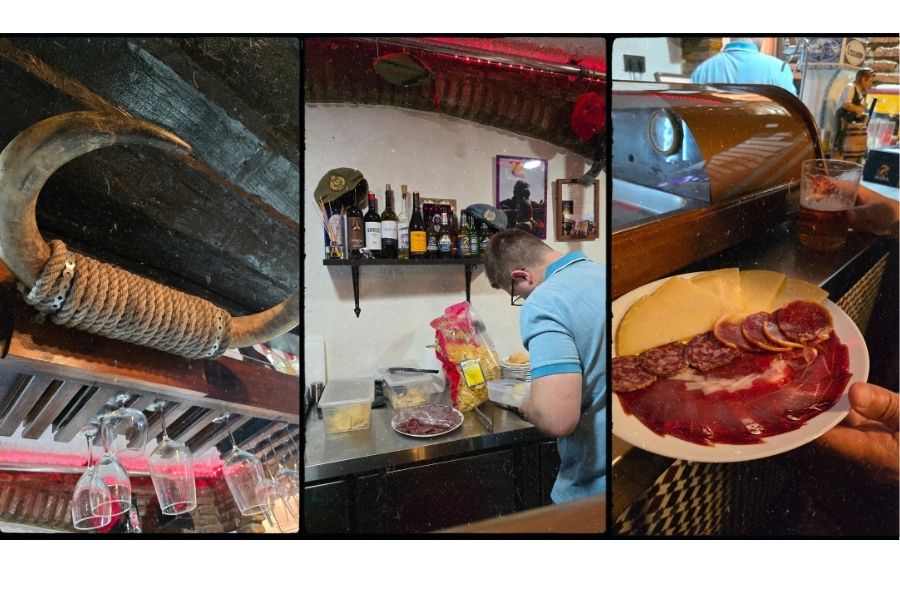
Exploring Malaga: Markets, Mazes & the Alcazaba (Eventually)
Our first full day was all about soaking up Malaga.
We started at the Atarazanas Market—worth visiting for the stained glass windows alone, not to mention the fresh produce, dried fruits & nuts, local cheeses, fruit juice smoothies and meats on display.
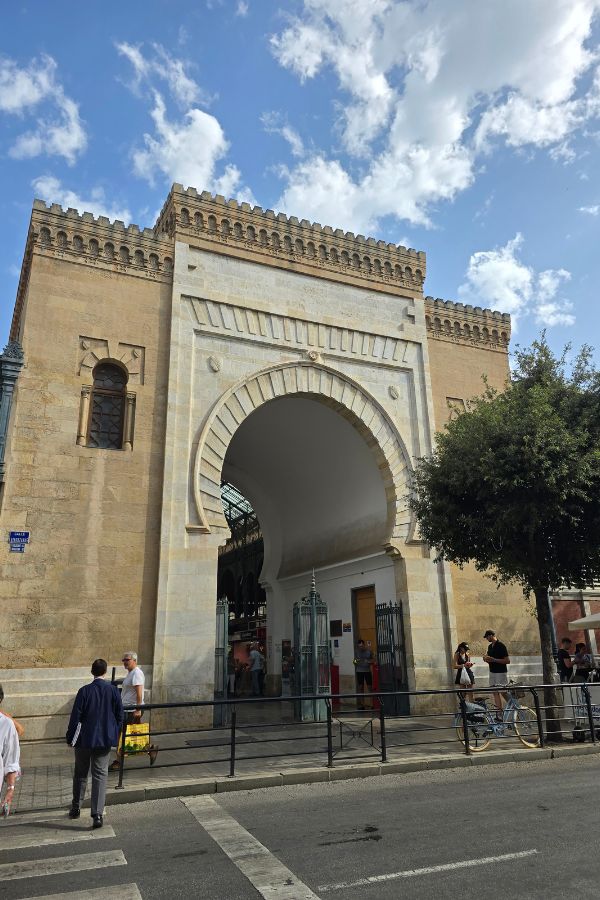
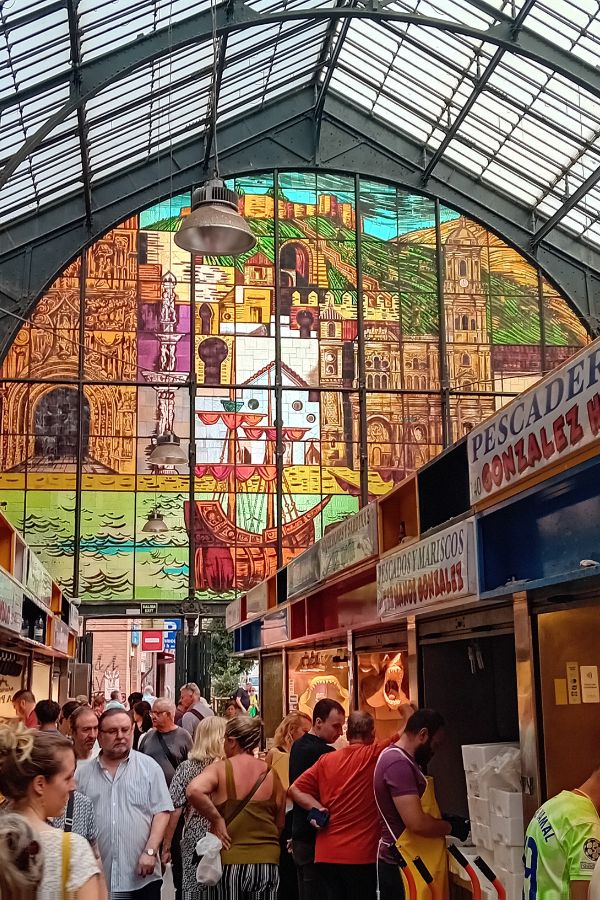
You can even shop the fresh fish and shellfish and hand it to someone who will cook it for you whilst you wait on the seats in the sunshine outside.
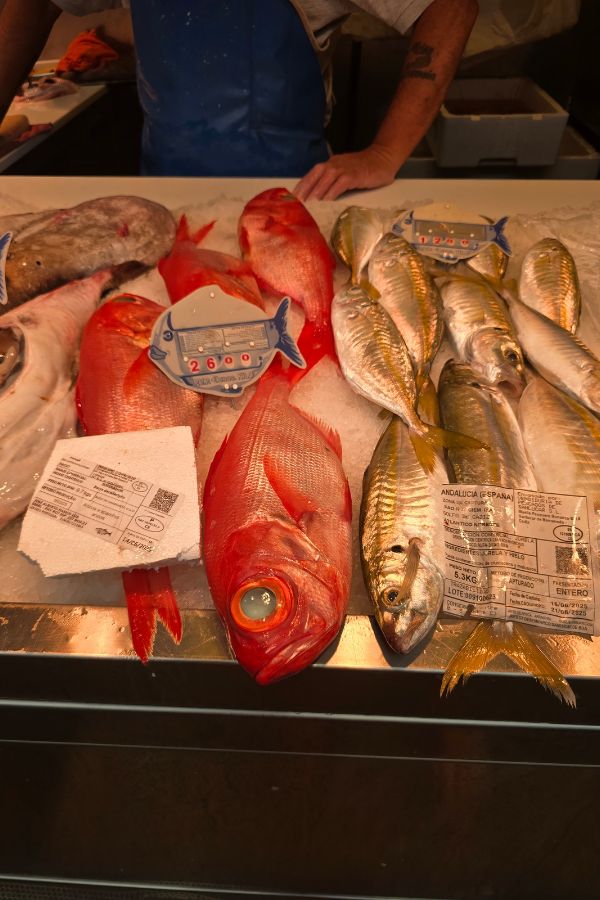
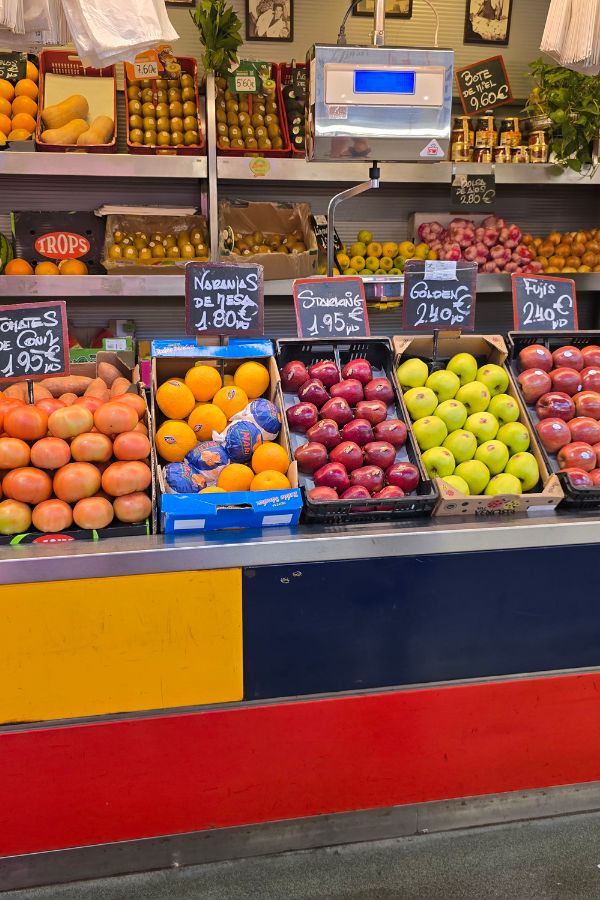
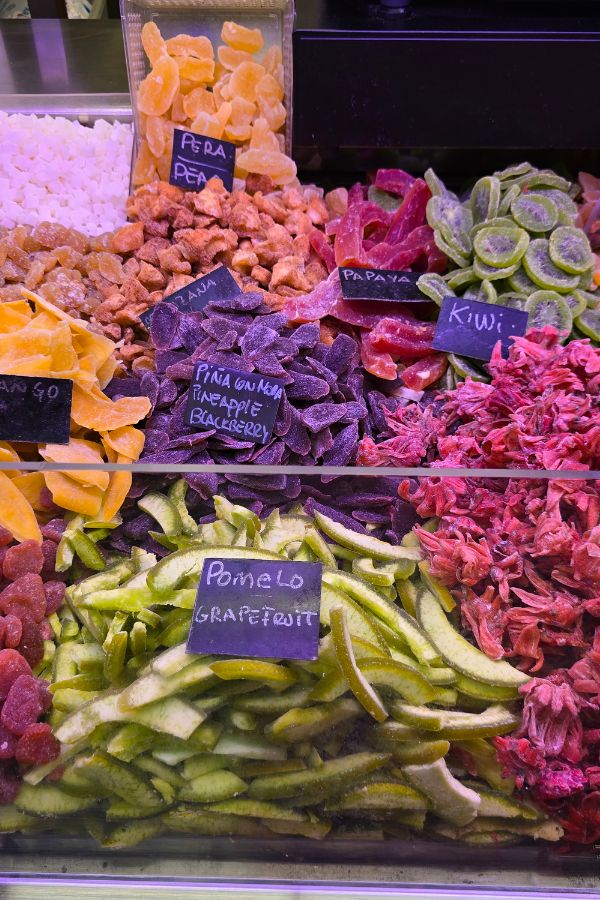
We wandered down to the port area, Malaga’s port isn’t just for cruise ships rolling in — it’s a lively, modern waterfront that’s perfect for a stroll. Known as Muelle Uno, this promenade is lined with shops, cafes, and restaurants, all with views of the harbour and the city’s skyline.
You can wander past luxury yachts, watch the ferries heading out to Morocco, or just sit with a coffee and people-watch. There’s often street music or small markets, and if you keep walking, you’ll spot the striking Palmeral de las Sorpresas — a palm-lined walkway with that cool wave-like canopy that’s become a bit of an icon. There is also a small Centre Pompidou with exhibitions.
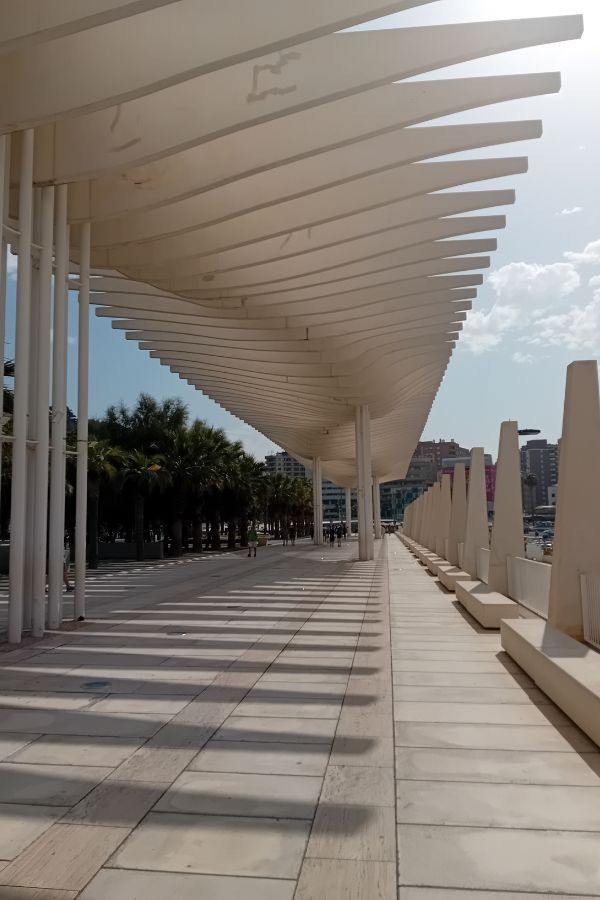
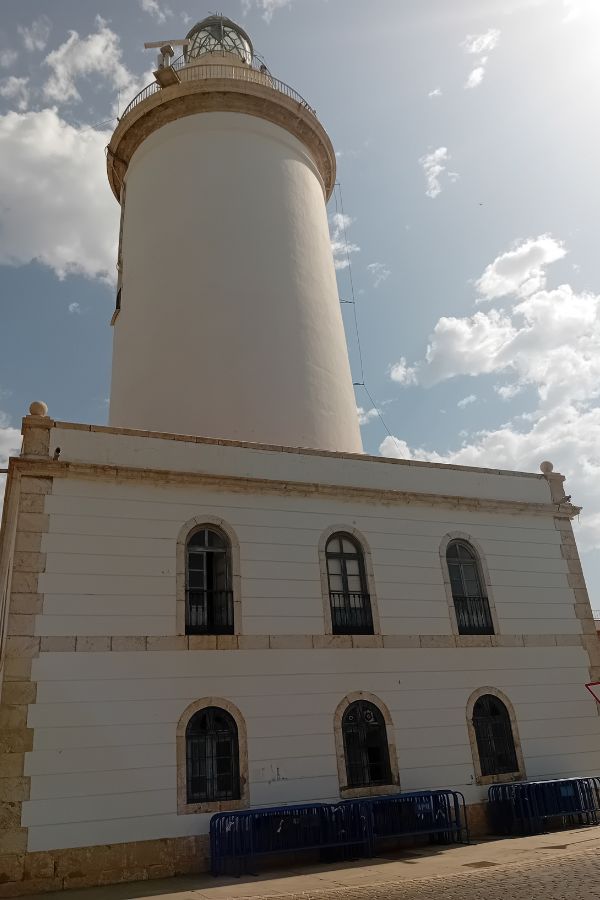
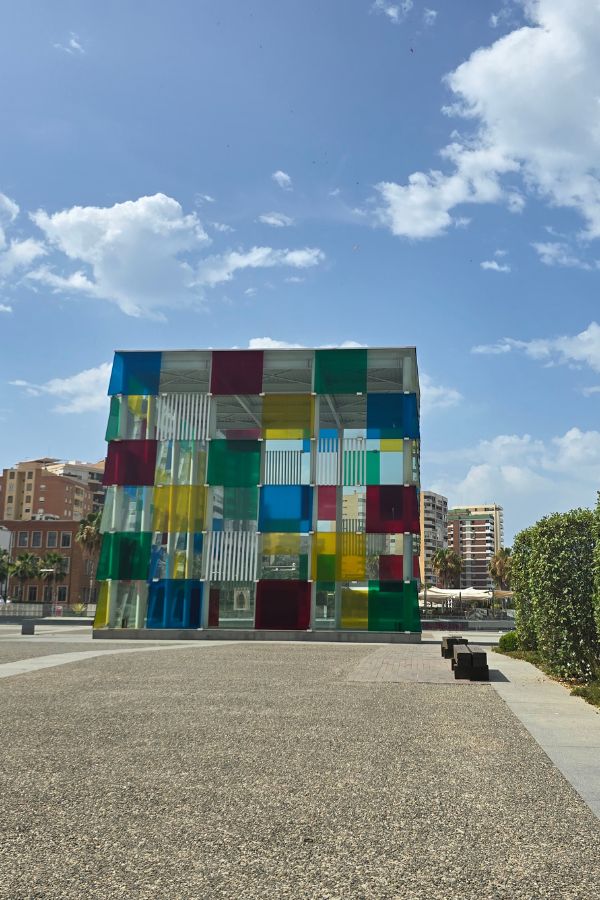
From the port, it’s an easy walk into the old town and up towards the Alcazaba, and Gibralfaro.
We intended to do the Alcazaba first… but took a wrong turn and found ourselves climbing to the Castillo de Gibralfaro instead. It’s a steep uphill trek (especially when the temperature is in the high 30s), but the views are spectacular — the entire harbour, the bullring, the rooftops of Malaga, and on a clear day, the curve of the Costa del Sol in the distance. The fortress itself is 14th-century and built on an even older Phoenician site, with sturdy ramparts you can walk along and shaded courtyards that make you want to linger.
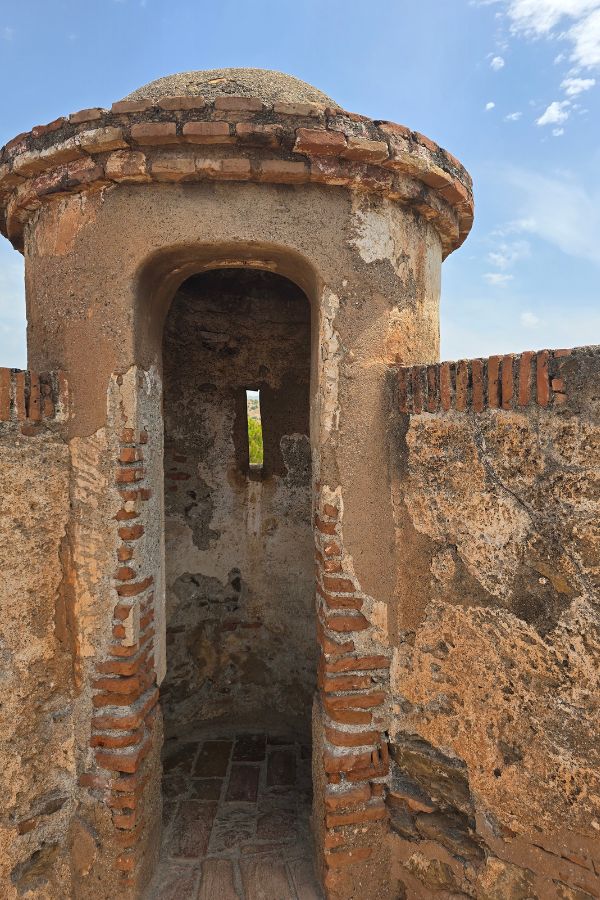
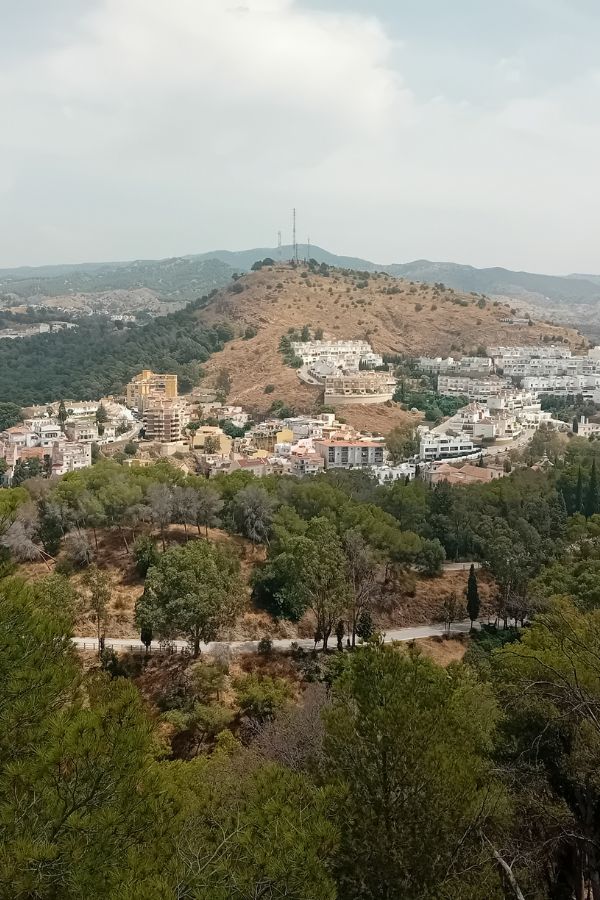
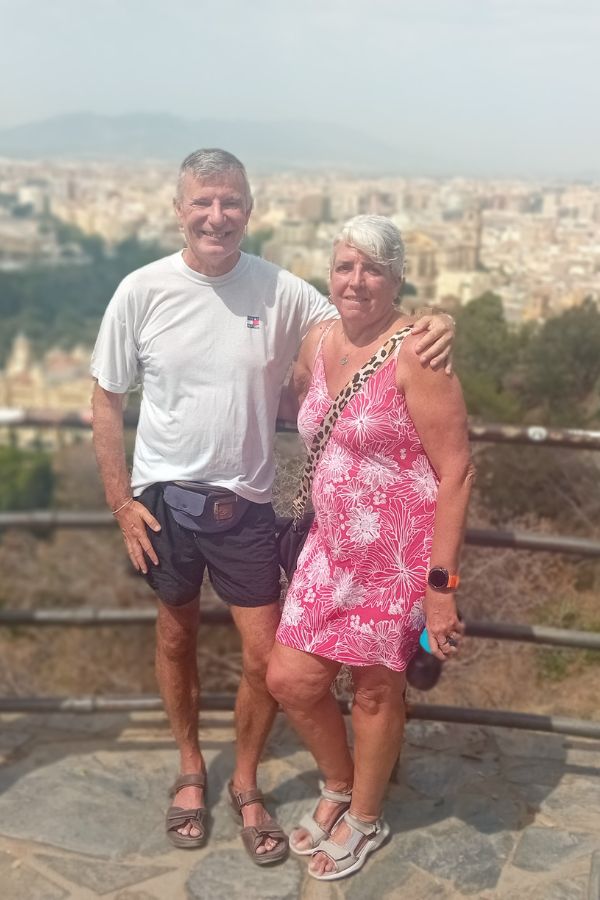
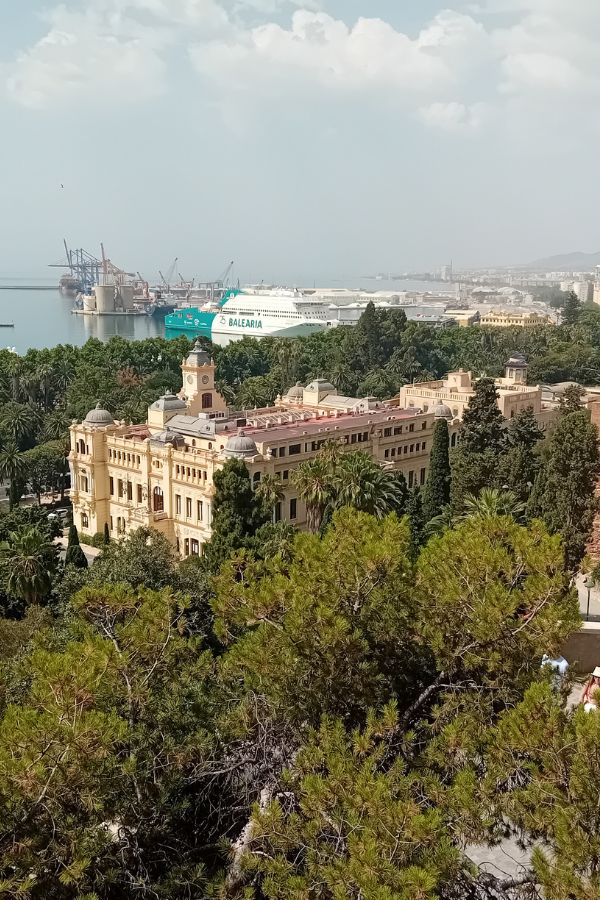
From the Gibralfaro, we wound our way back down to the Alcazaba, Malaga’s Moorish fortress-palace. Built in the 11th century, it’s smaller than Granada’s Alhambra but has the same elegant arches, peaceful gardens, and intricate stonework — all with far fewer crowds. We wandered through cool stone corridors, past fountains and tiled patios, imagining how it must have been when this place was the seat of power. It’s the kind of site that feels calm even when it’s busy. We didnt give it oour full attention though as wee were knackered from climbing the hill to the Gibralfaro and spending a lot of time looking around up there .
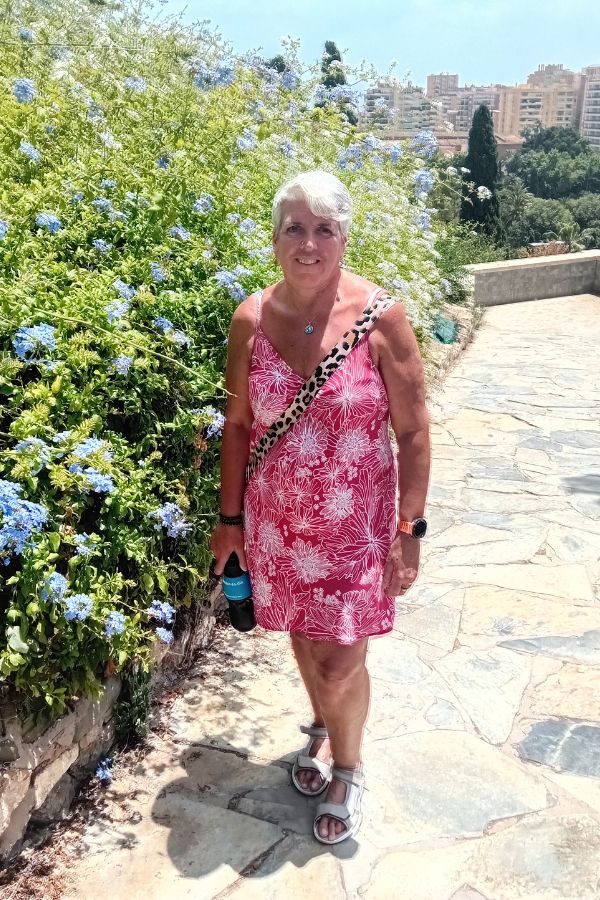
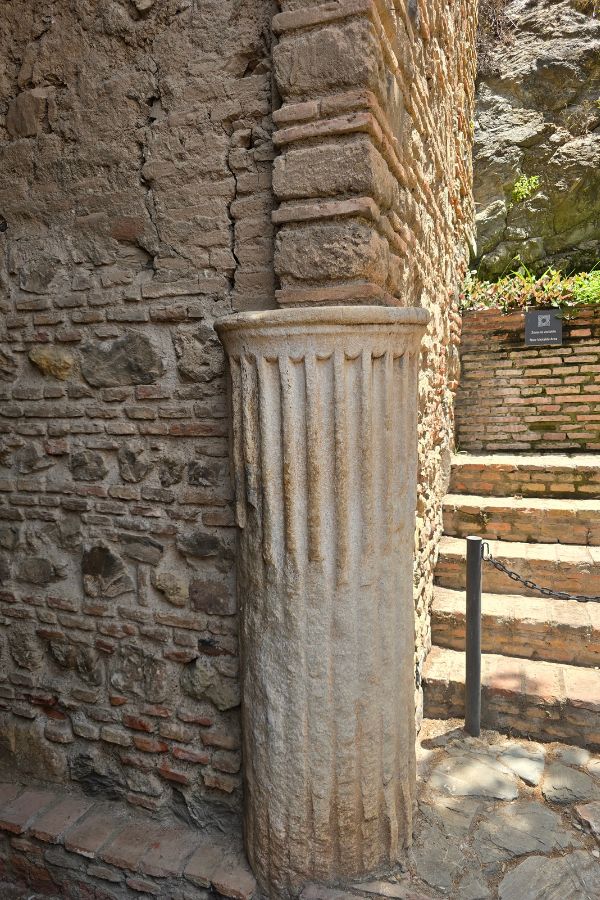
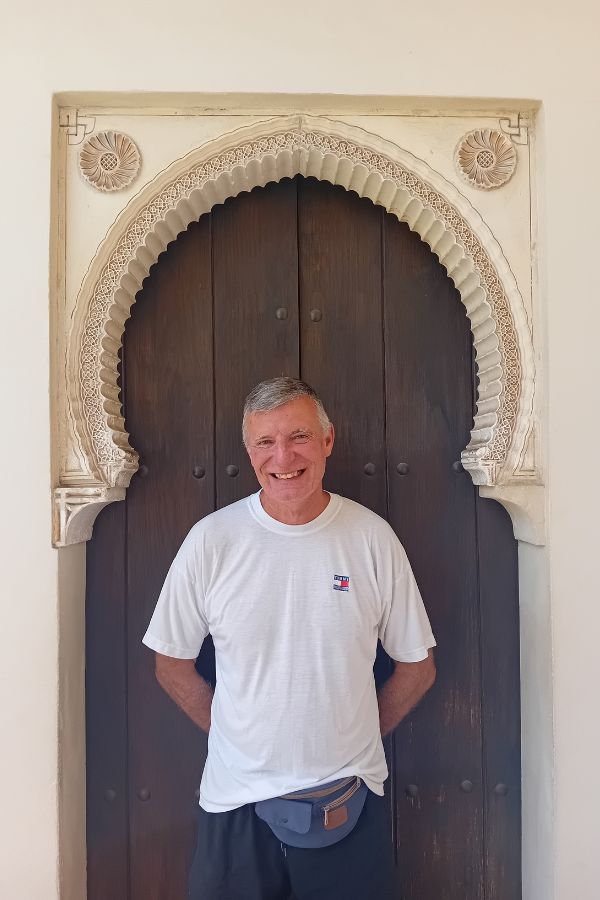
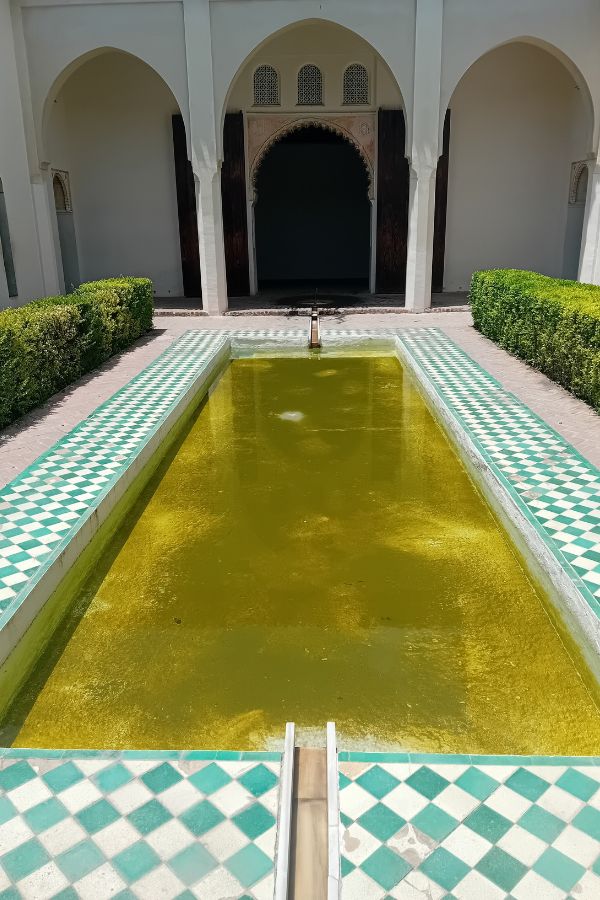
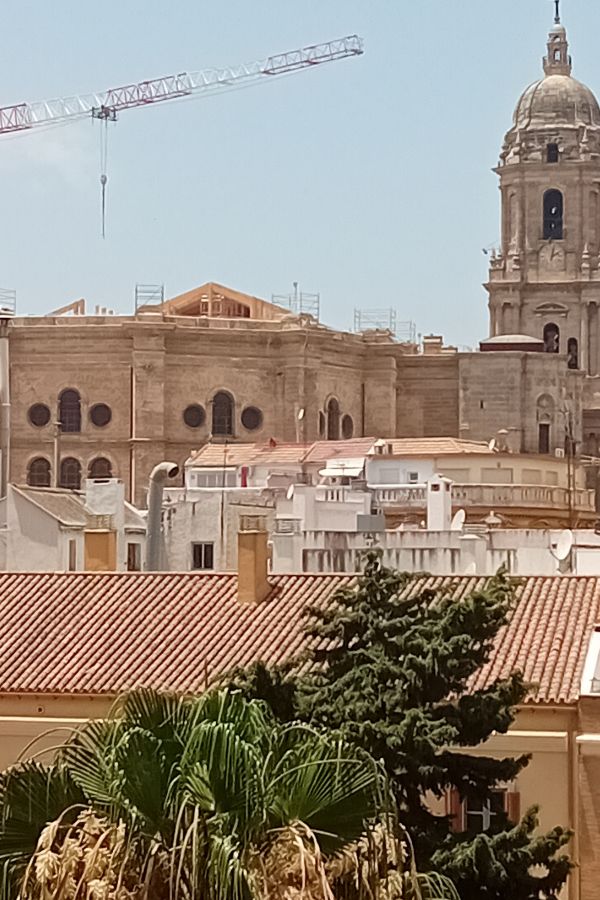
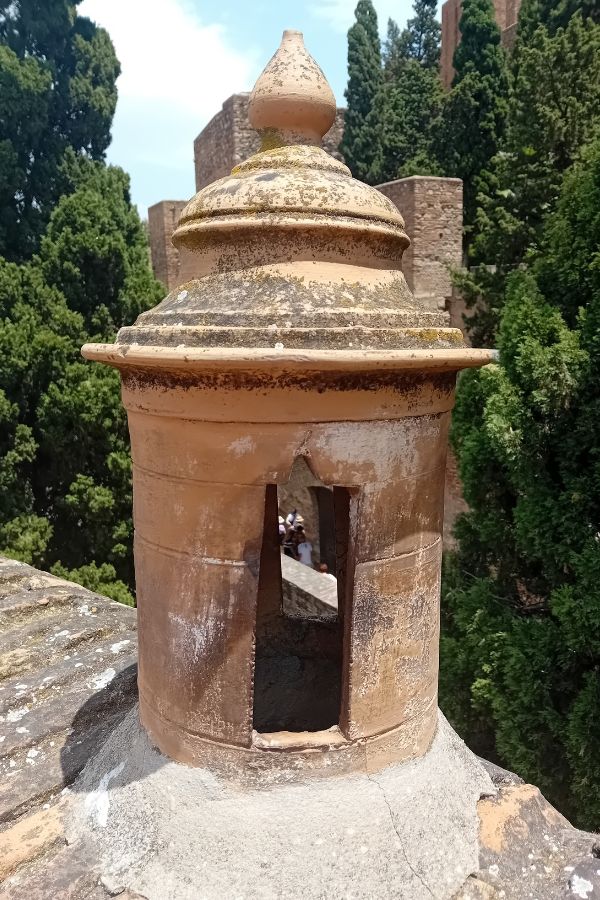
Day Trip: Setenil de las Bodegas & Ronda
The next day we joined a guided tour to explore the iconic white villages.
Setenil de las Bodegas
Our first stop was the jaw-dropping village of Setenil de las Bodegas, and honestly, it felt like stumbling into a film set.
This tiny town in Andalusia is famous for something you don’t see every day: houses built directly into giant rock overhangs. And we don’t mean near the cliffs—we mean tucked under them, as if the earth itself decided to throw some serious shade.
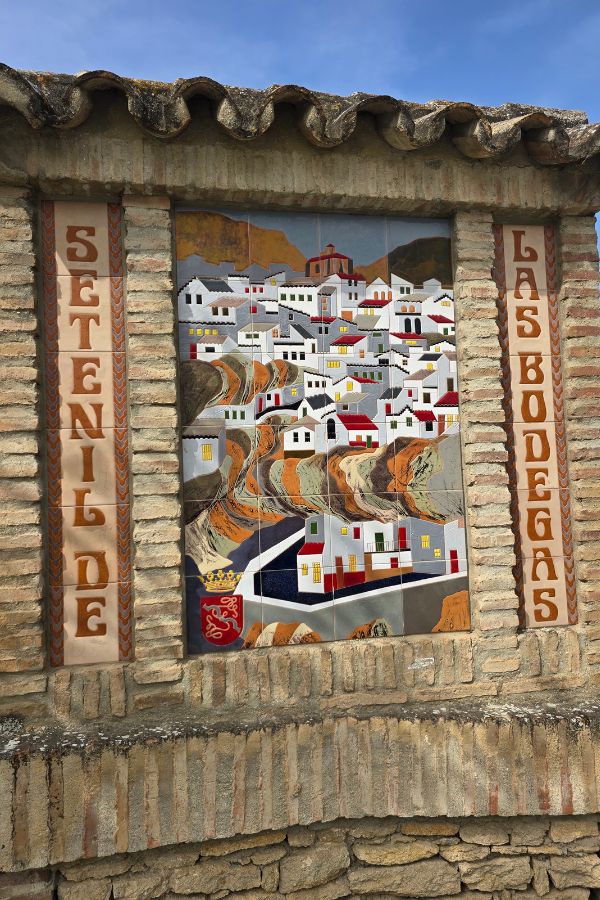
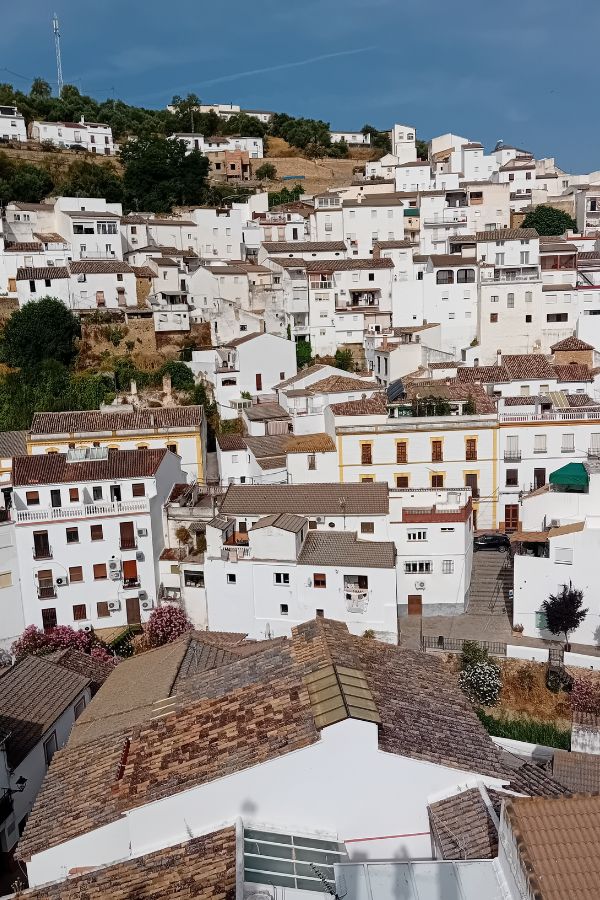
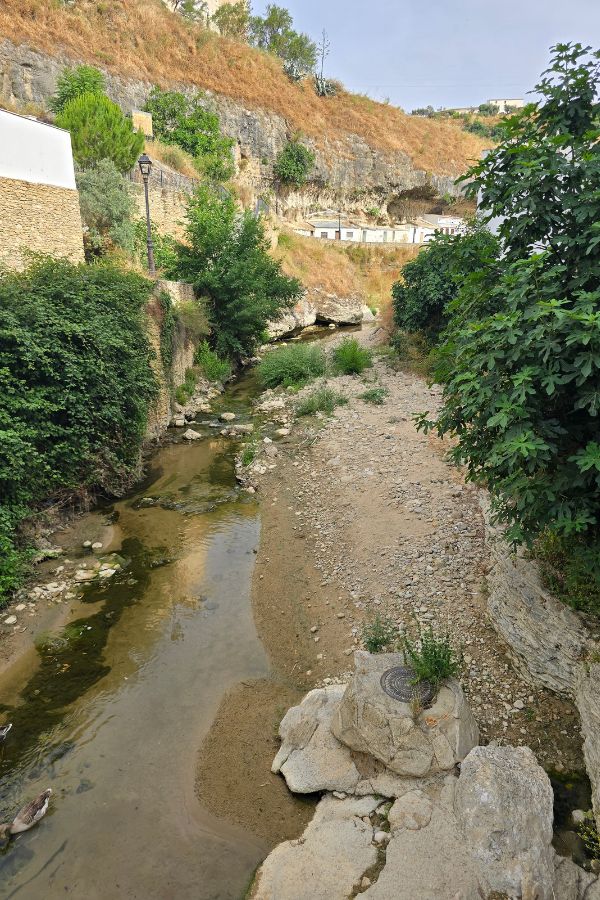
We had about 45 minutes, which was just enough to:
- Walk both sides of the narrow river gorge
- Wander beneath the overhanging cliffs on Calle Cuevas del Sol (Sun Cave Street) and Calle Cuevas de la Sombra (Shadow Cave Street)
- And quietly ask, “How on earth do people live here without panicking during every rainstorm?”
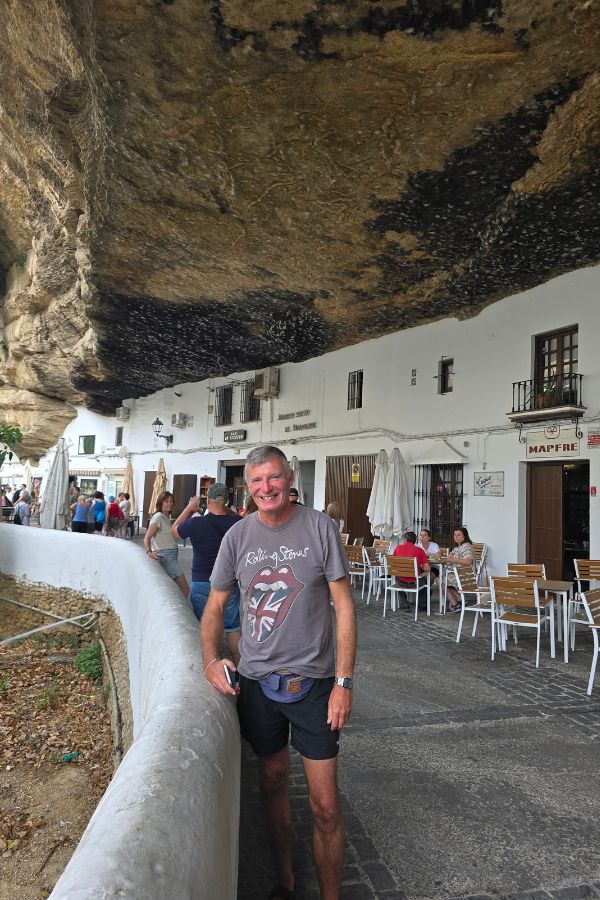
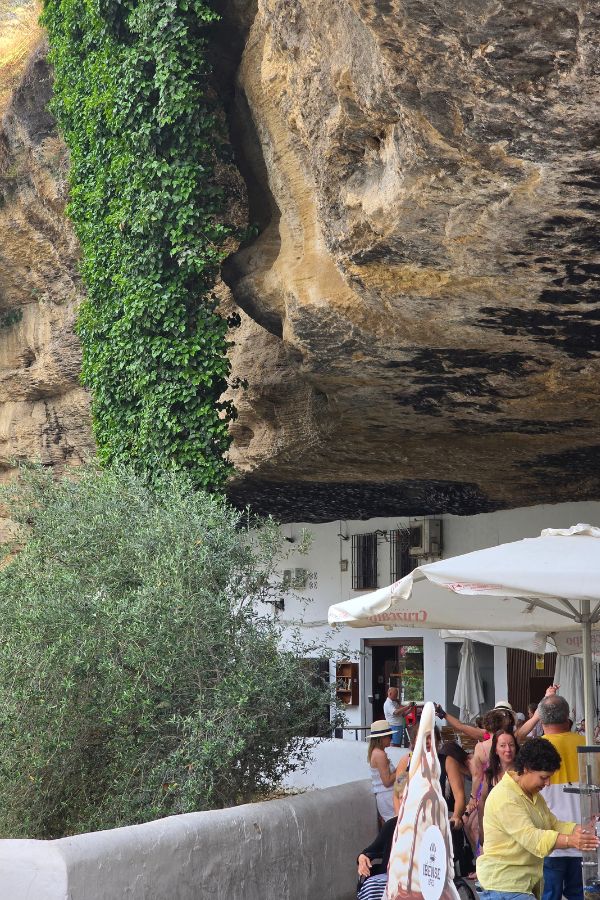
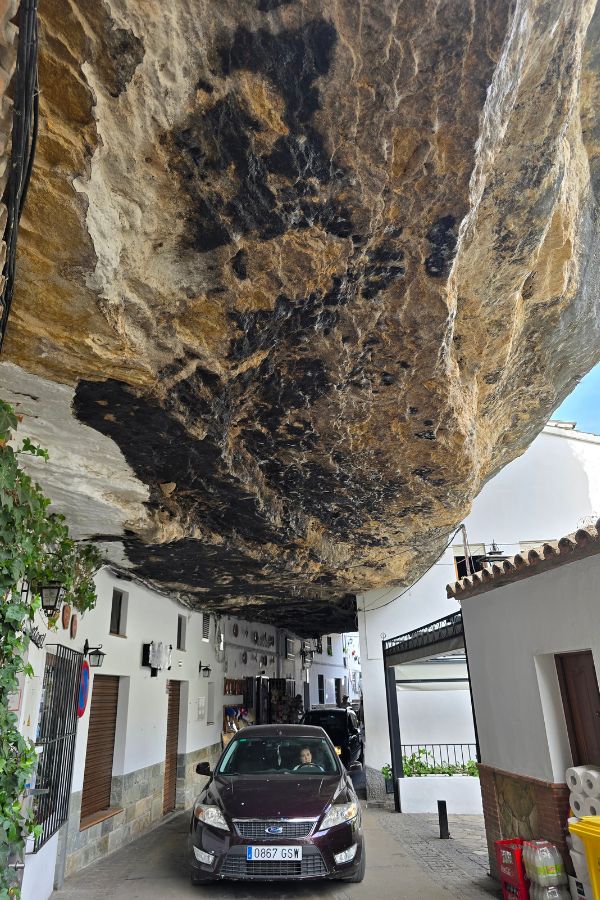
It’s not just the architecture that’s mind-blowing—it’s how lived-in and real it all feels. Locals were going about their business, cafes were open under solid stone ceilings, and there were flower pots clinging to vertical cliff walls like it was the most normal thing in the world.
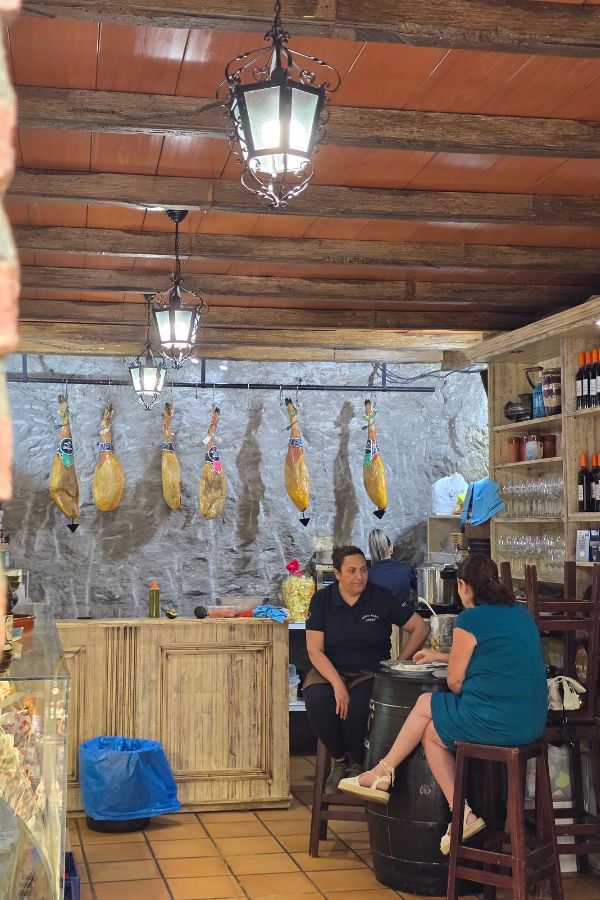
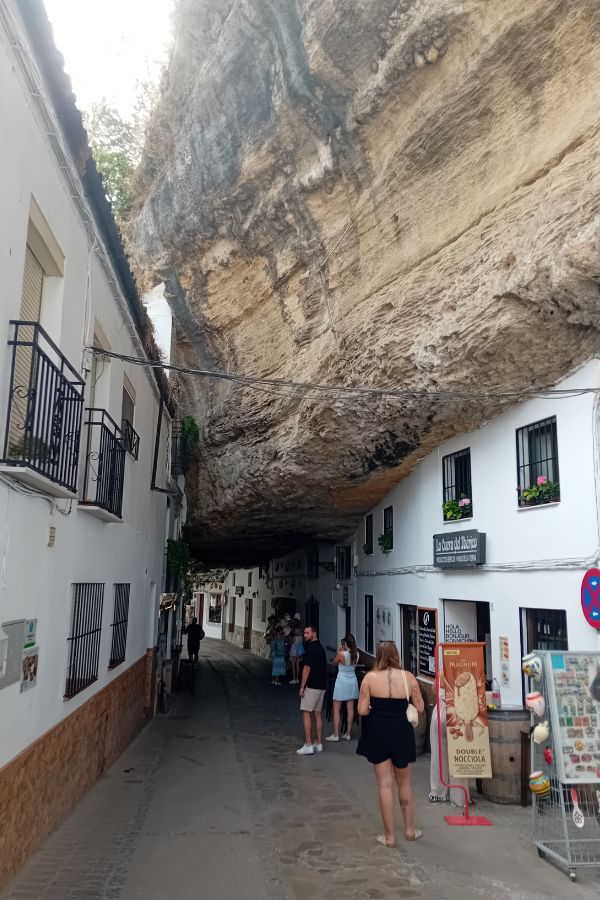
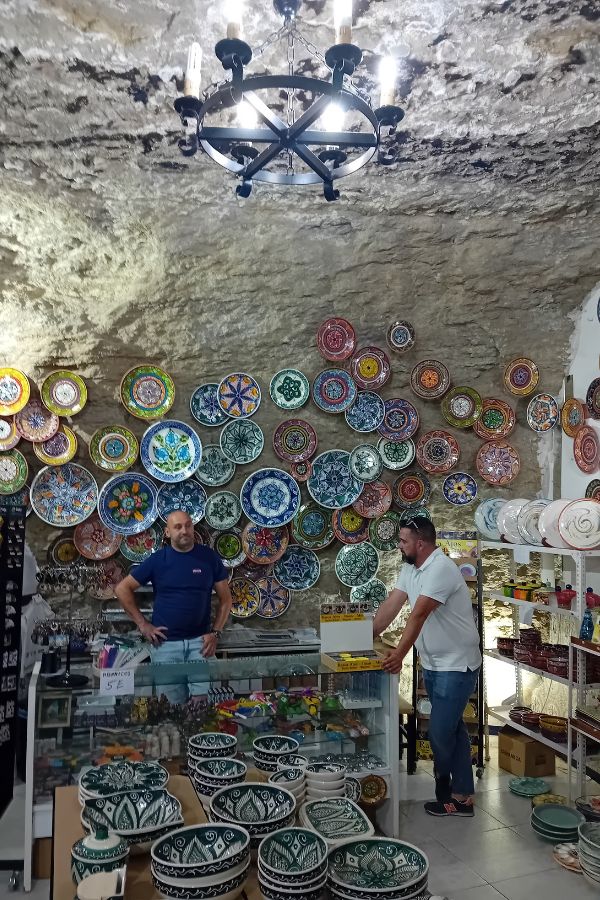
If you’re heading to Ronda anyway, Setenil makes the perfect quirky stop on the way. It’s small, surreal, and worth every minute—even if you’re just there for a quick wander and a few jaw-drops.
Ronda
Then it was on to Ronda—and wow, it absolutely delivers. Perched high in the Andalusian mountains, this town blends raw natural beauty with centuries of layered history, and it feels like something straight out of a painting.
We kicked things off with a drink at the Hotel Catalonia Ronda, right across from the Plaza de Toros, one of the oldest bullrings in Spain. We took the lift to the 4th floor rooftop bar, and let’s just say… if you’re only going to have one drink with a view on this trip, make it this one. You’re surrounded by endless mountains, the edge of the El Tajo Gorge, and that feeling you get when you realise you’re somewhere really special.
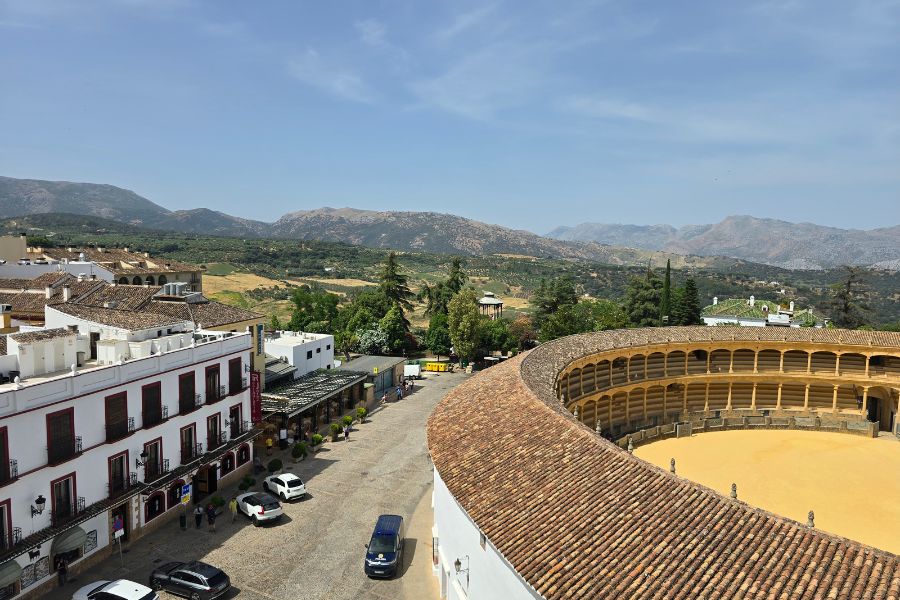
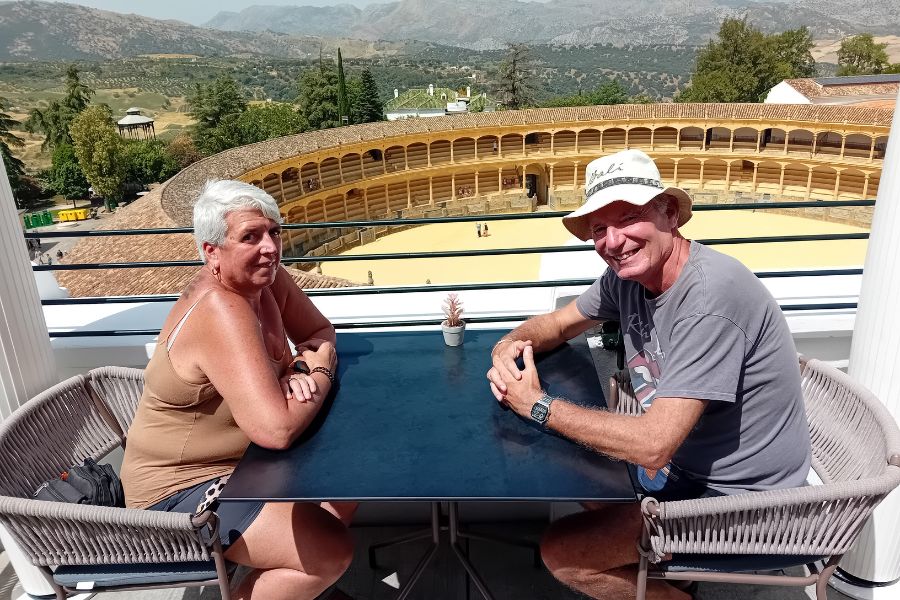
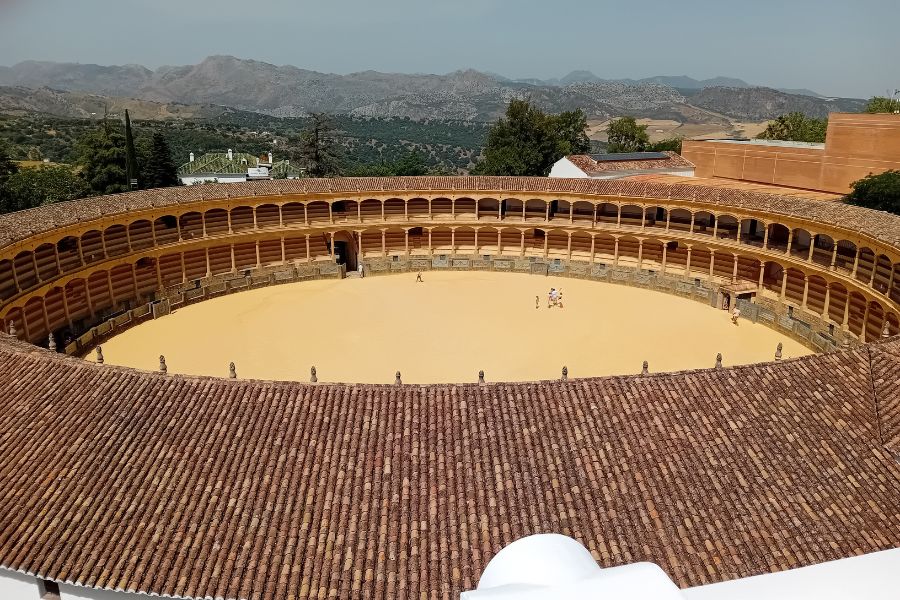
Next, we made our way to the showstopper: the Puente Nuevo—Ronda’s legendary 18th-century bridge that stretches across the gorge like something out of a film. It’s dramatic, it’s iconic, and it’s one of those rare tourist stops that lives up to the hype. You could spend half an hour just staring at it from different angles (and we did).
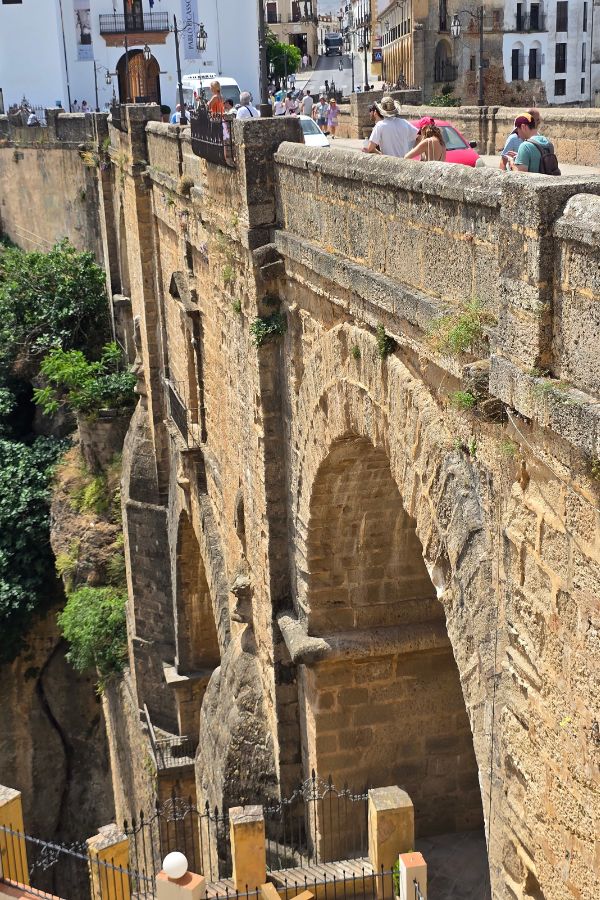
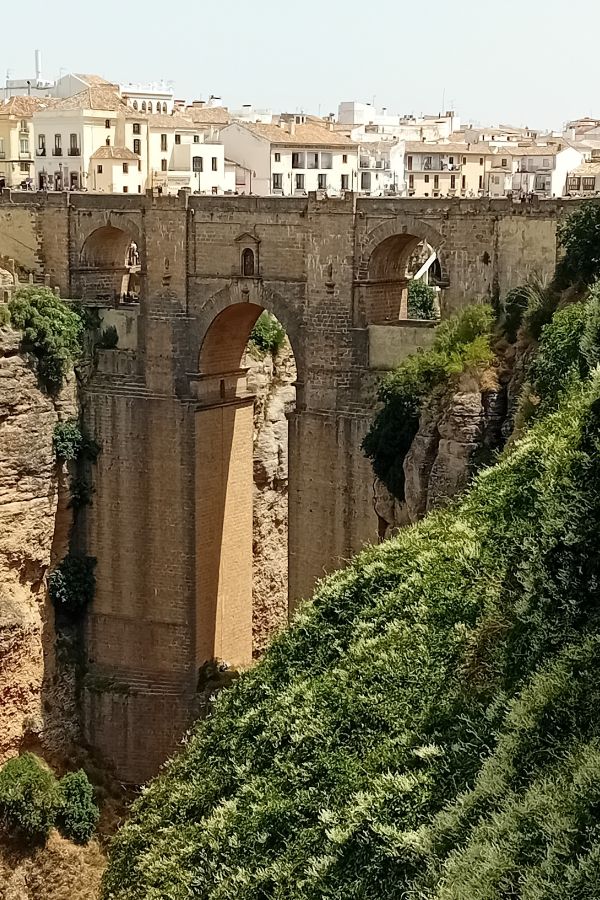
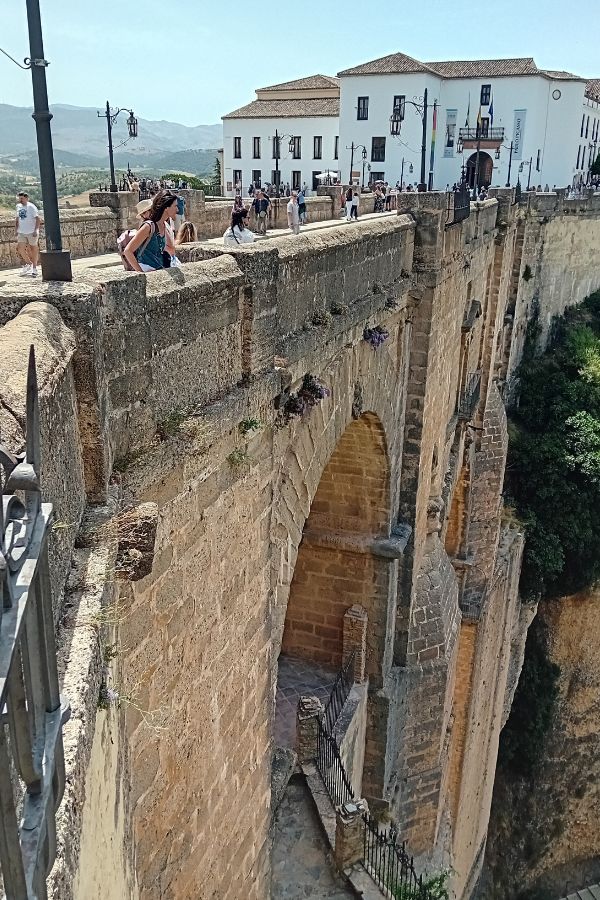
Crossing over into Ronda’s old town, we wandered through peaceful cobbled streets, balconies dripping with flowers, and little artisan shops tucked into courtyards. We visited the Casa de Don Juan Bosco, a beautifully preserved house with lush gardens and unbeatable views back across the bridge. It’s a bit of a hidden gem—quiet, atmospheric, and a great spot to escape the crowds for a moment.
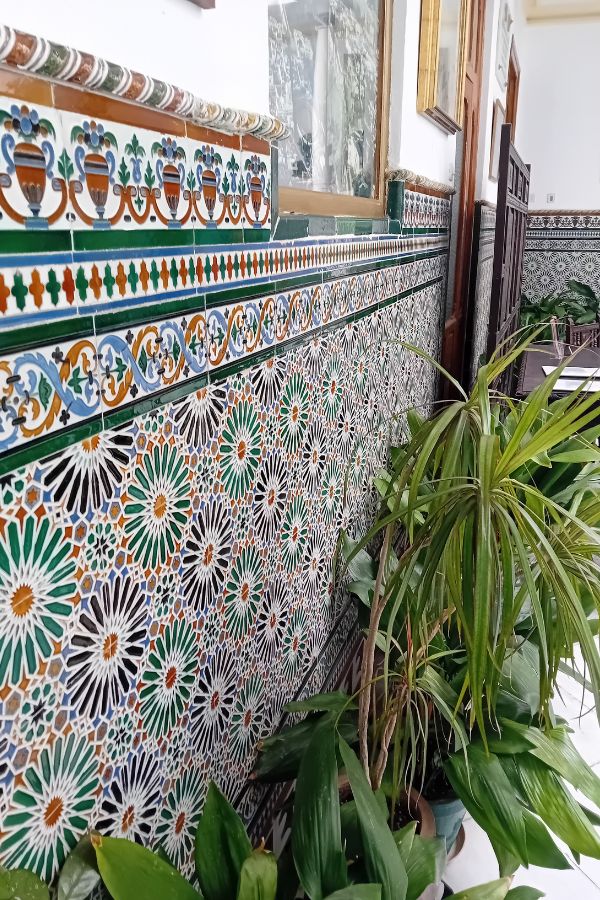
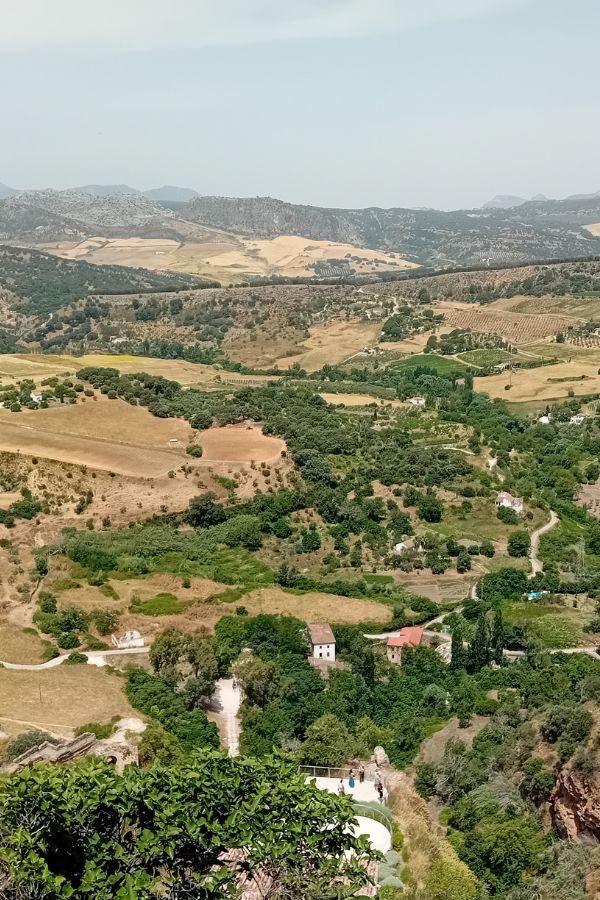
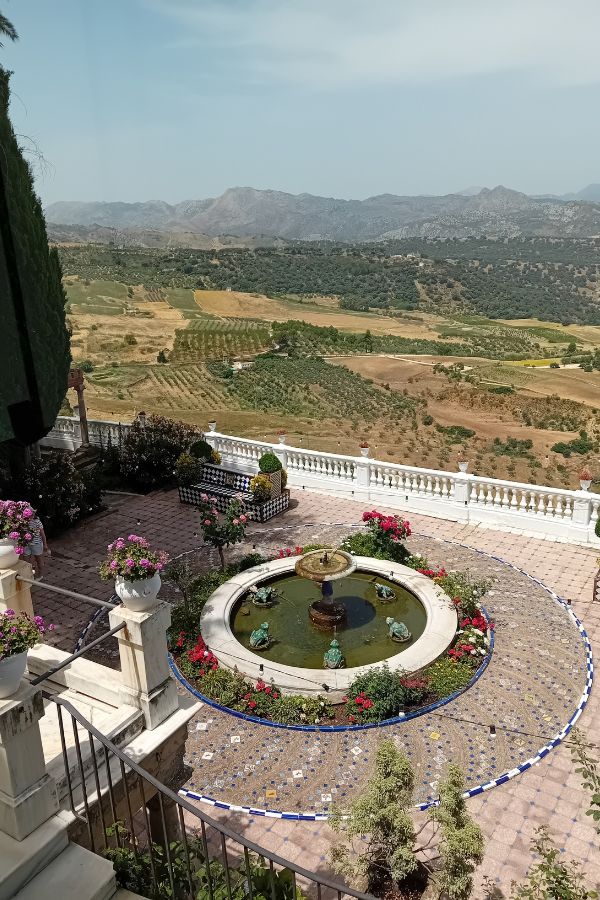
We also stopped in at a few local churches, including one where we climbed up to the rooftop bell tower. From there, we had an epic 360° view over the whitewashed rooftops, the gorge, the rolling countryside beyond.
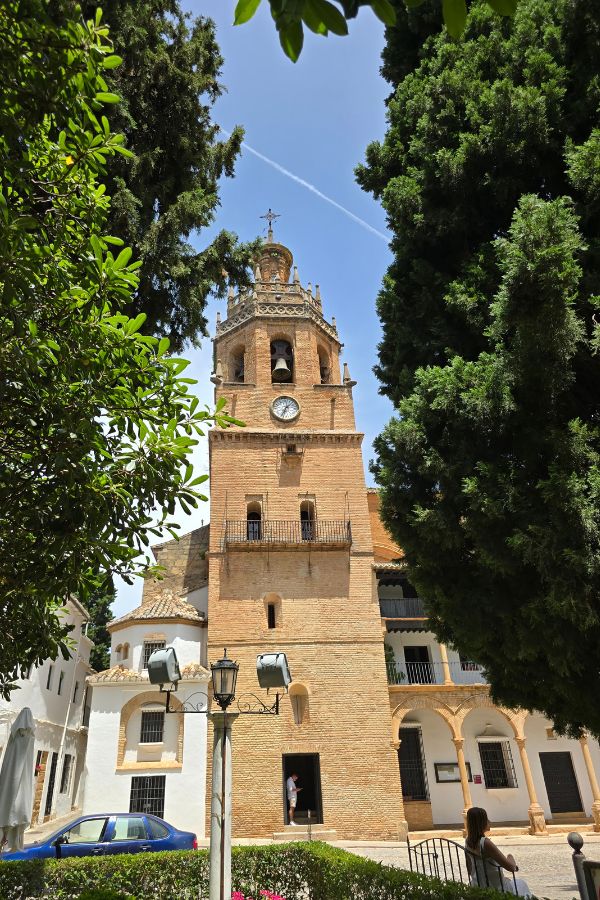
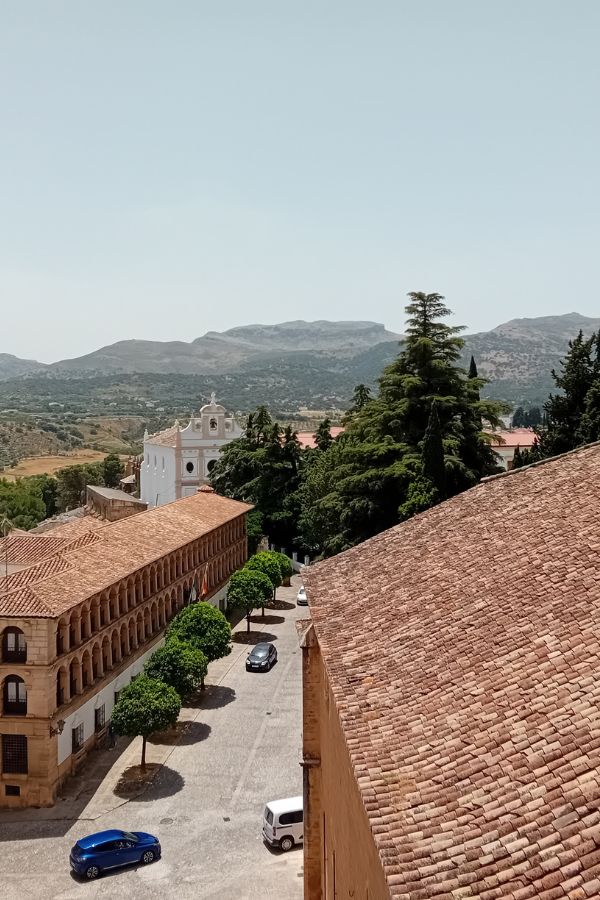
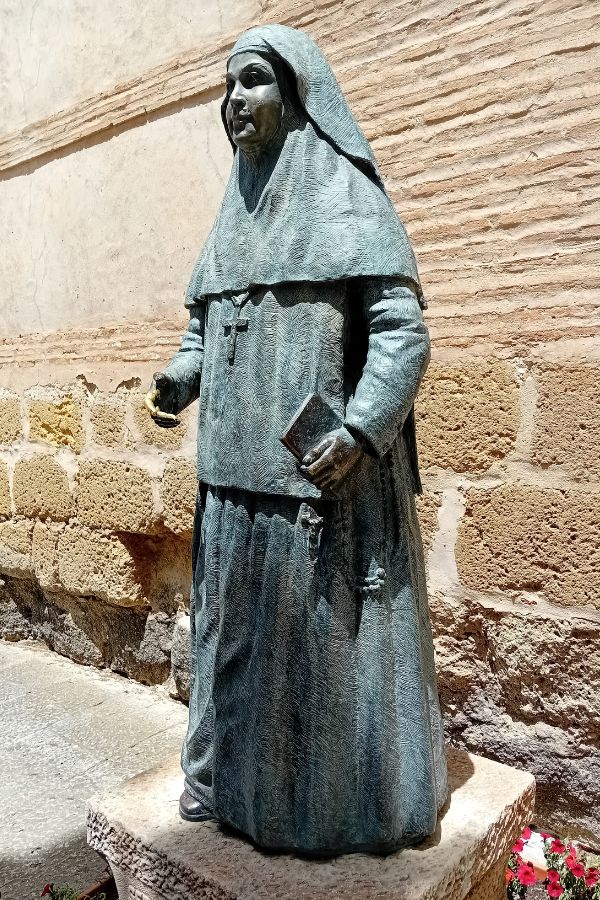
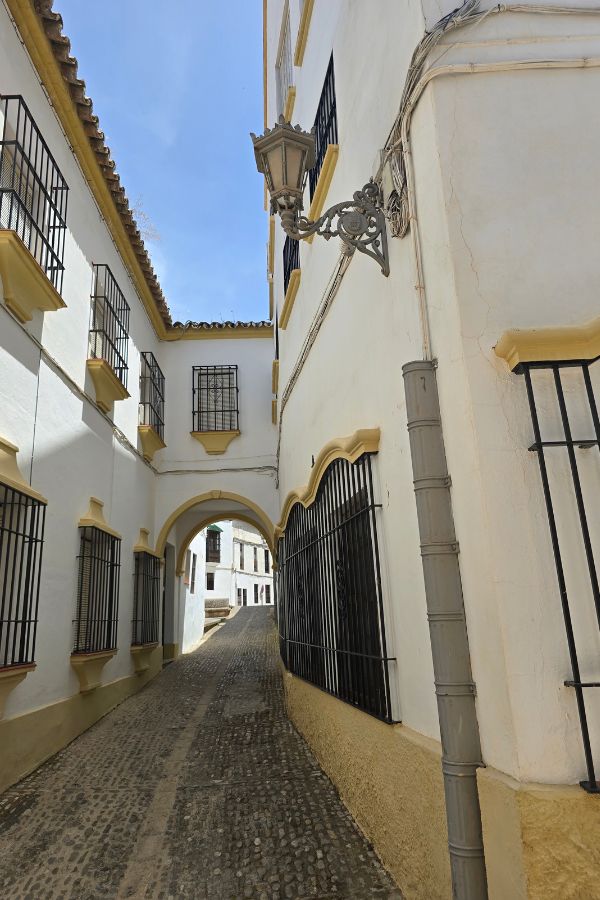
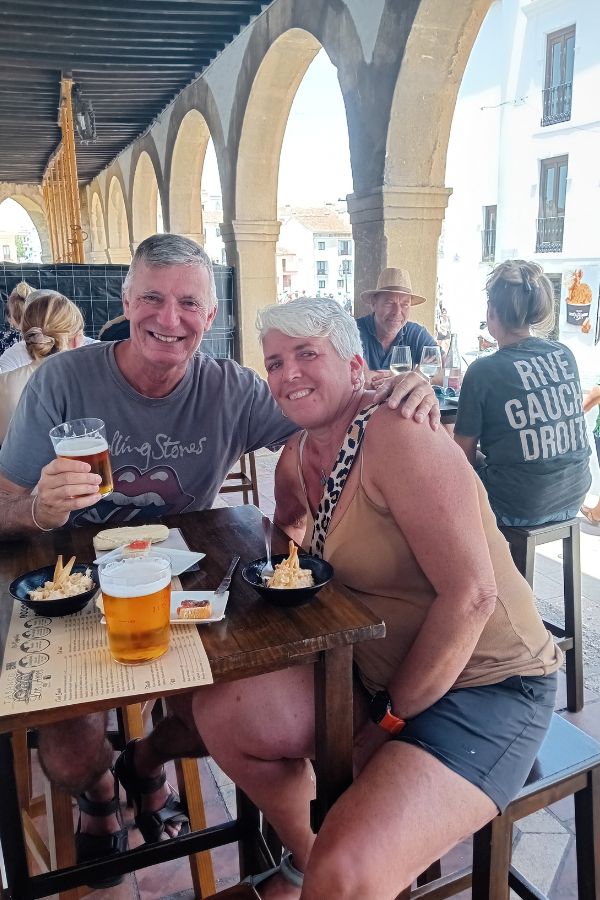
By this point, the heat was climbing and our stomachs were rumbling, so we grabbed a huge tapas lunch in the old town—no shortage of local wine and jamón here—and soaked in the slow, sleepy rhythm that only Spain can pull off so effortlessly.
Then it was time to roll ourselves (very full and very content) back to Malaga… and yes, we made a final stop at Rincón de Oliva for evening drinks. Because in Spain, it’s basically a rule.
Day Trip to Gibraltar: Caves, Monkeys & Passport Checks
Gibraltar: Caves, Cliffs & Cheeky Monkeys
Next up: a day trip to Gibraltar—where you cross an international border, flash your passport, and suddenly find yourself in a strange blend of Britishness on the Med. Think red phone boxes, pubs, and prices in pounds… with palm trees and views of Africa in the distance.
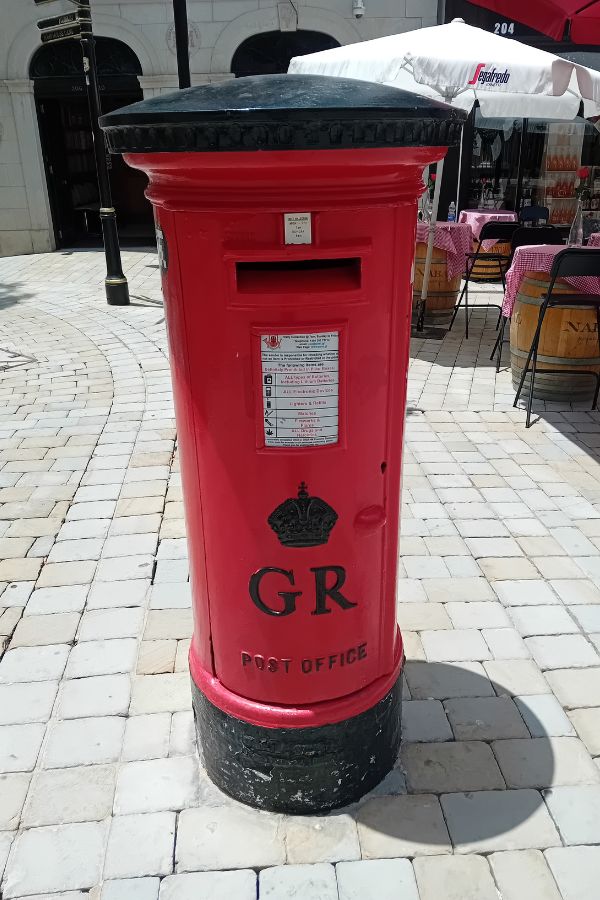
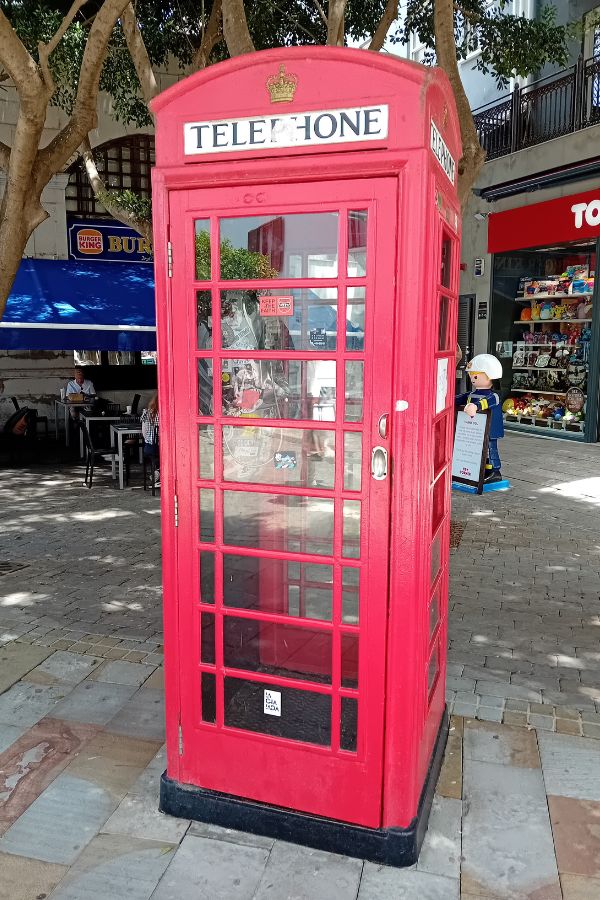
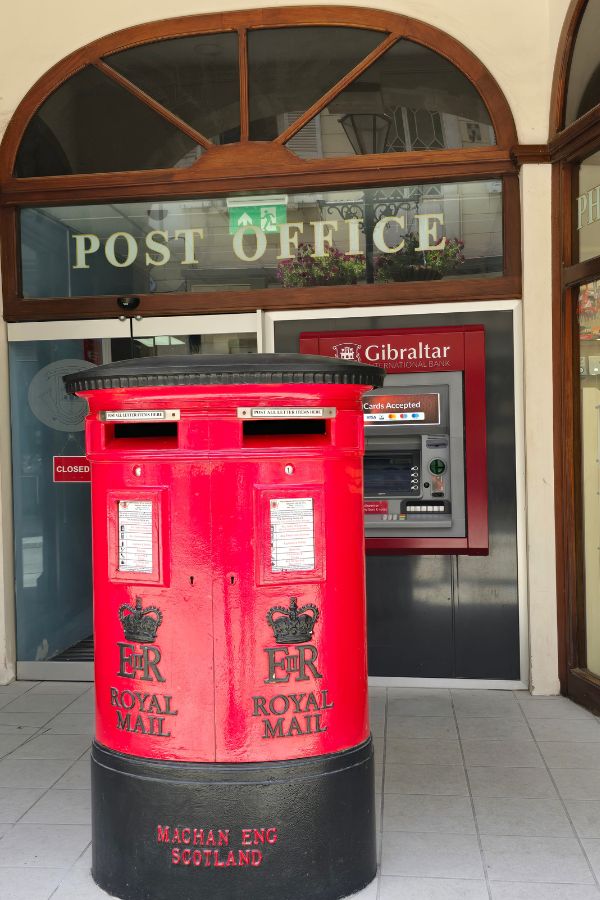
Yes, you need your passport, even though it’s just a quick drive from Spain. Border control is usually pretty smooth, but be prepared for a bit of a queue if you’re going at a busy time.
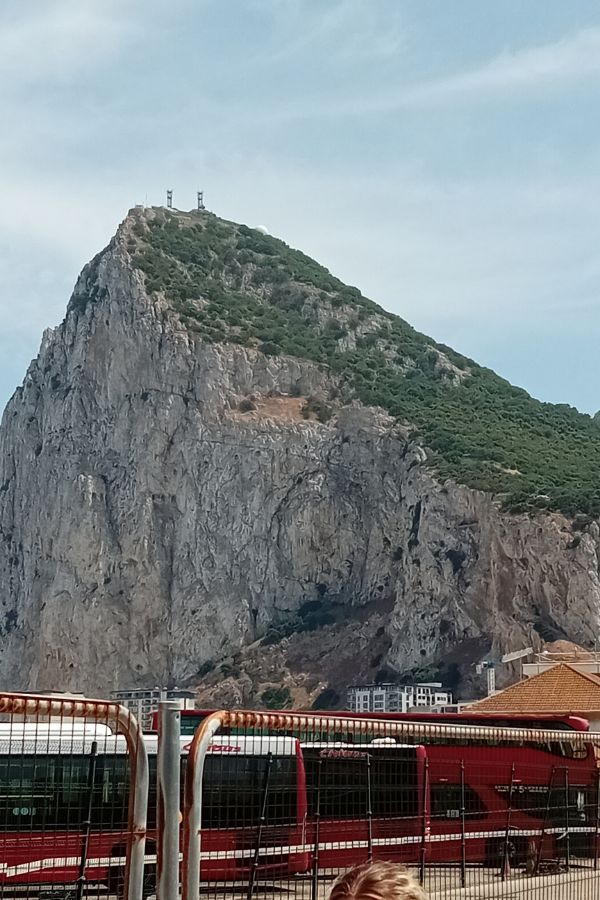
We booked a Rock Tour, which is hands-down the easiest way to see the highlights without sweating your way uphill (Gibraltar’s no joke when it comes to elevation). Our guide was friendly, full of fun facts, and—most importantly—kept us moving through the main sites with just the right amount of time at each.
Stops included:
Europa Point – The southernmost tip of Gibraltar, where the Trinity Lighthouse stands proudly near the impressive Ibrahim-al-Ibrahim Mosque. On a clear day, you can see across the Strait of Gibraltar to Morocco—which feels surreal, even though it’s just 14km away.
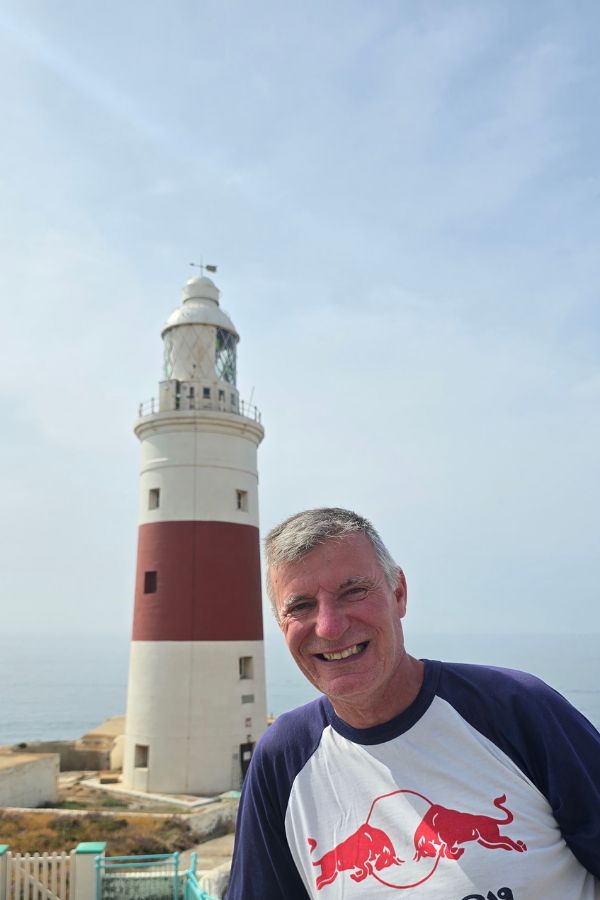
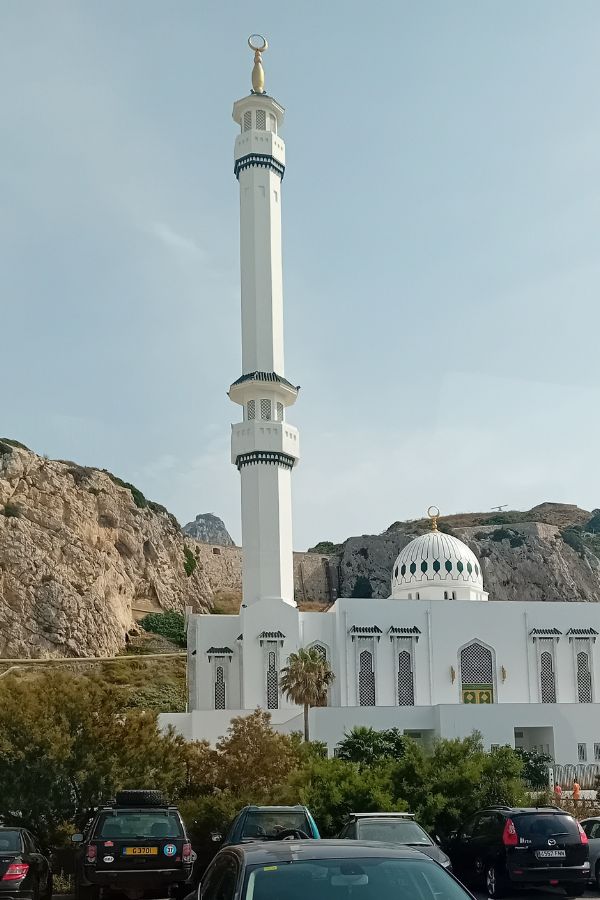
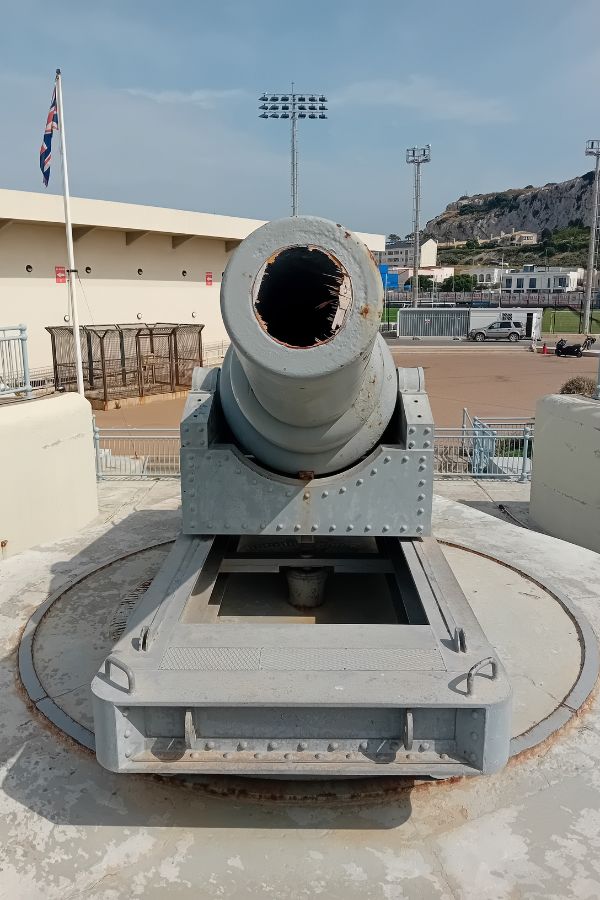
St. Michael’s Cave – Nature’s version of a rave cave. This huge cavern inside the Rock of Gibraltar is decked out with colourful lighting, which gives the stalactites and stalagmites an almost theatrical feel. Dramatic? Yes. Cheesy? A bit. Still worth it? Absolutely.
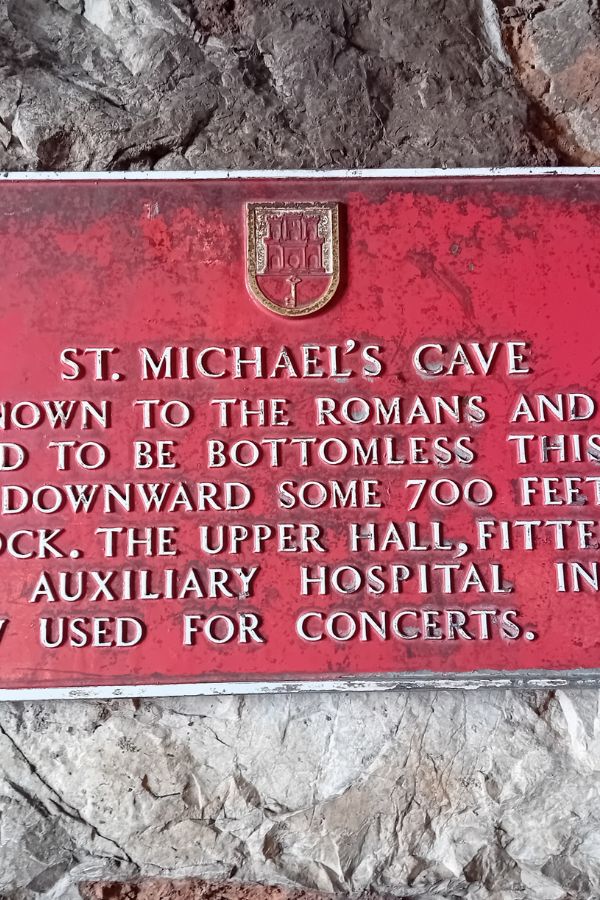
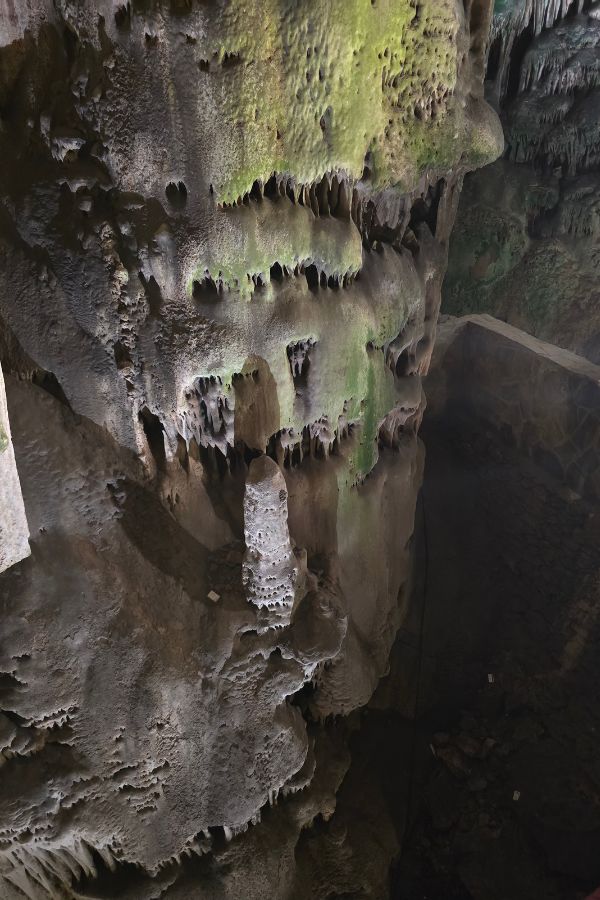
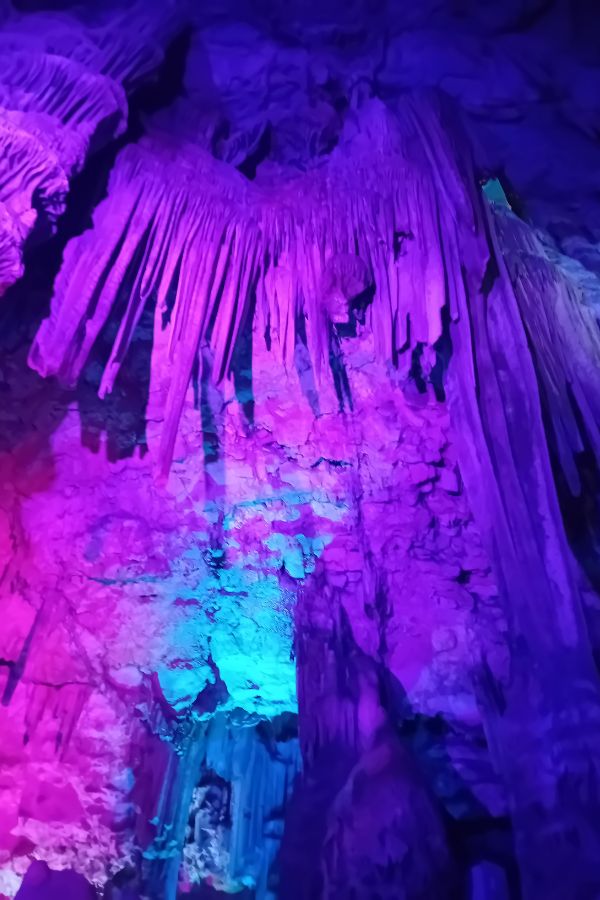
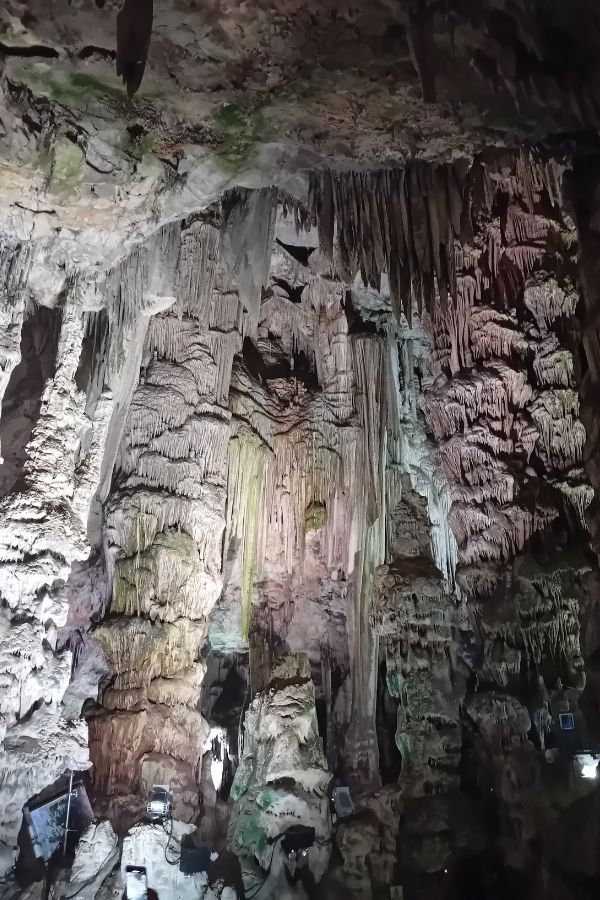
The Barbary Macaques – Aka the famous monkeys of Gibraltar, and the real rulers of the rock. They’re cheeky, clever, and totally unbothered by tourists. You’re not supposed to feed them (seriously, don’t), but they’ll happily climb on cars, fences, and sometimes people if they sense a snack.
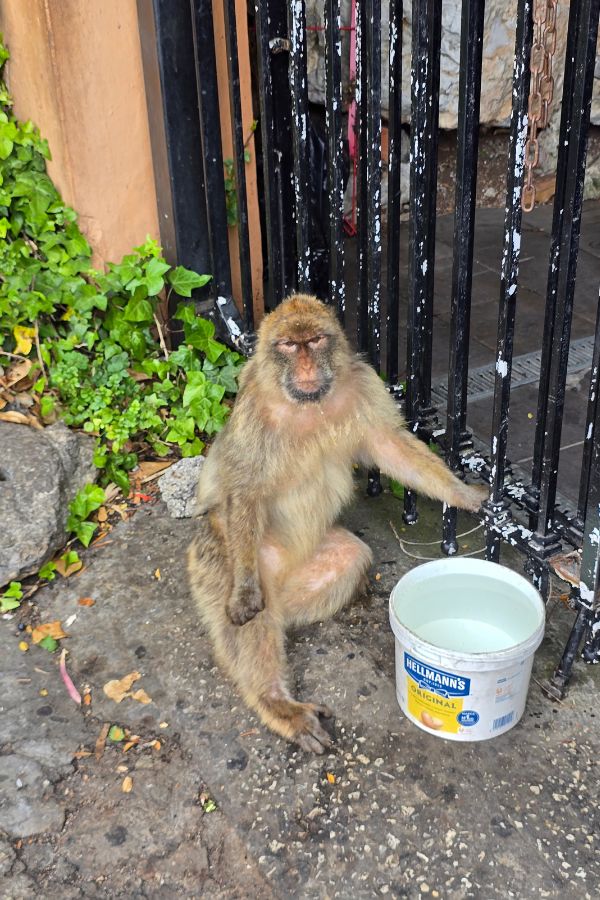
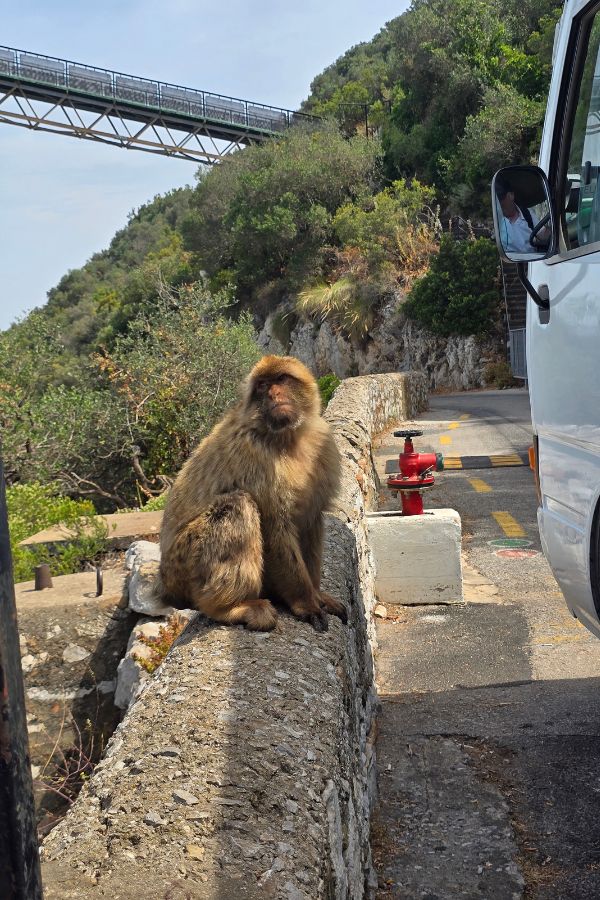
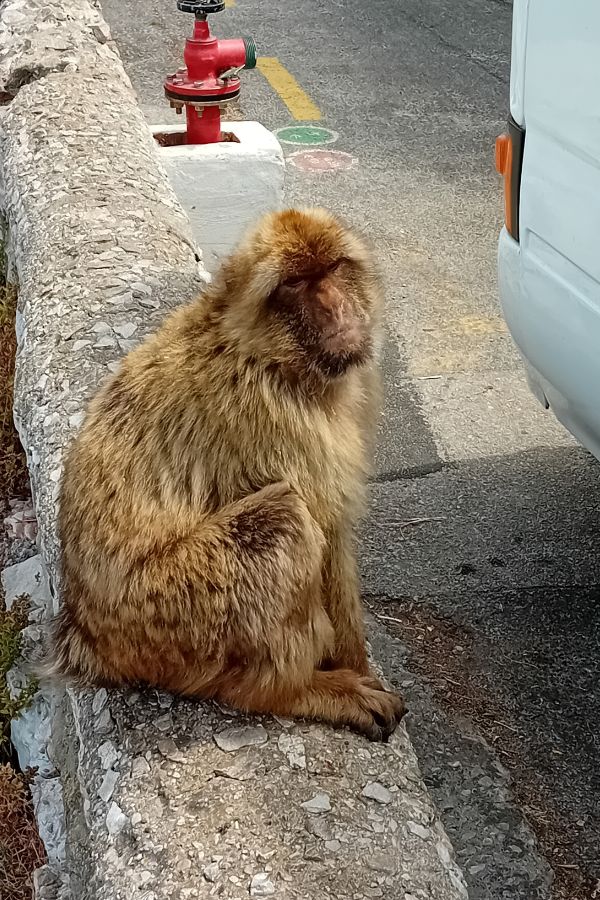
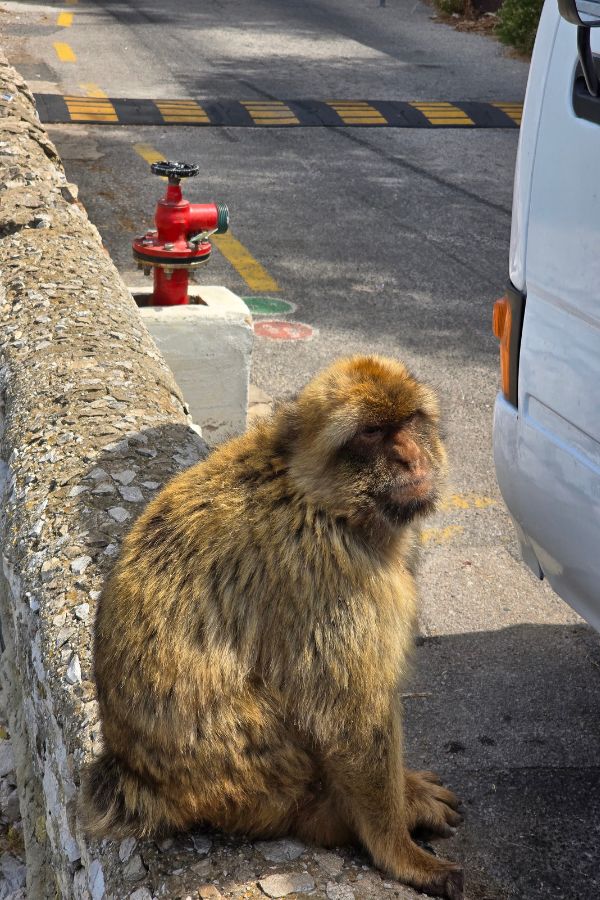
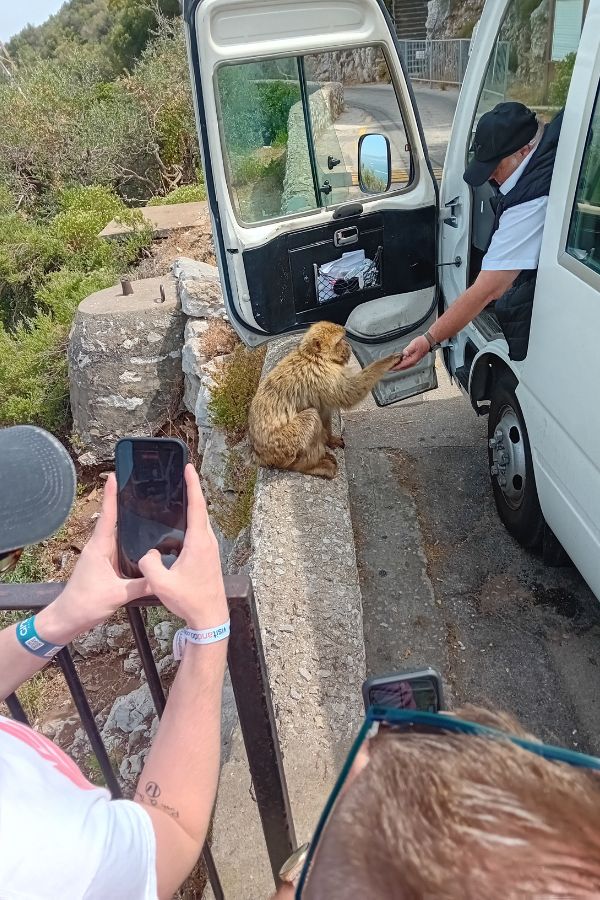
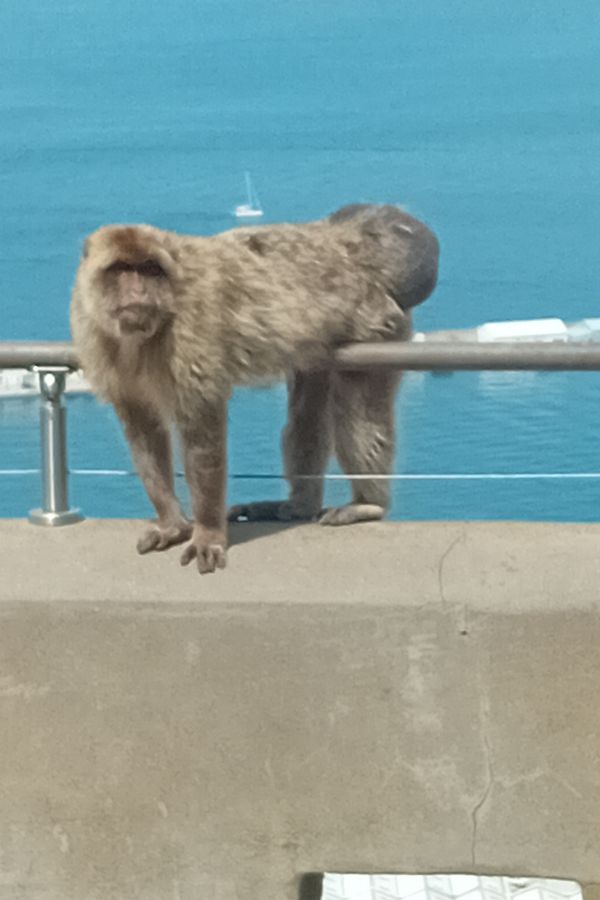
After the tour, we did the most British thing possible while abroad: grabbed lunch in a classic pub. Fish and chips, pints, Union Jacks fluttering nearby—it felt like a surreal holiday within a holiday.
We then wandered the main shopping streets, which are full of familiar UK brands alongside tax-free shops selling perfume, watches, and more sunglasses than any one person could need.
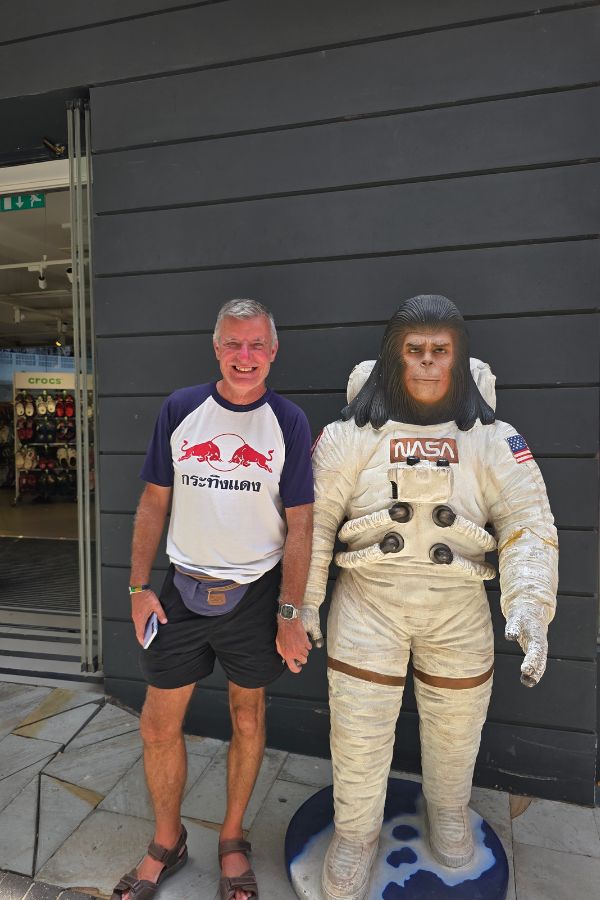
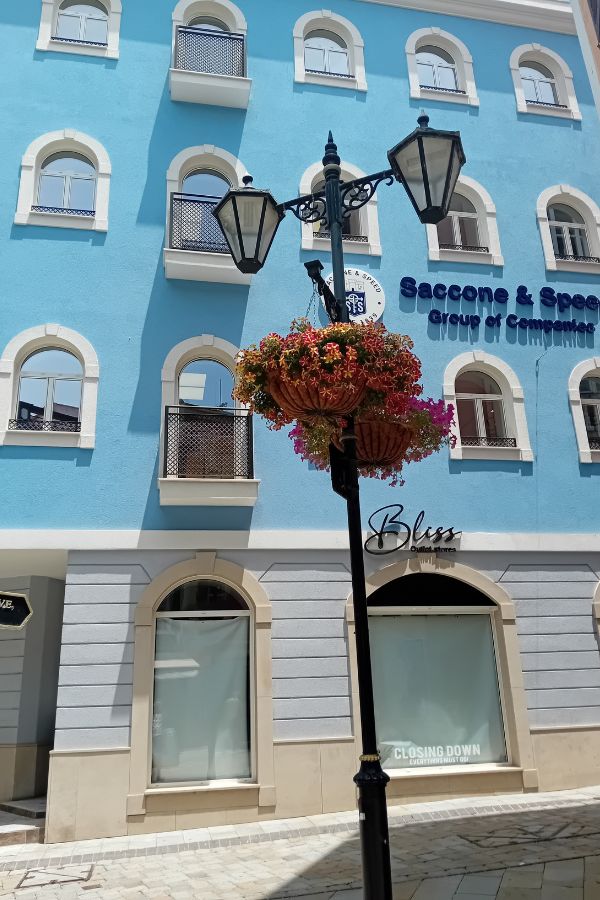
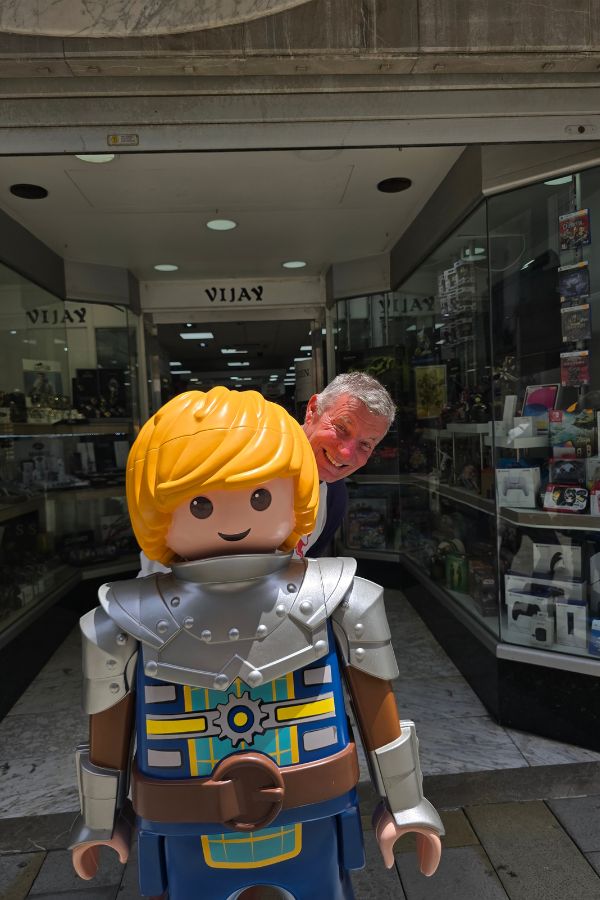
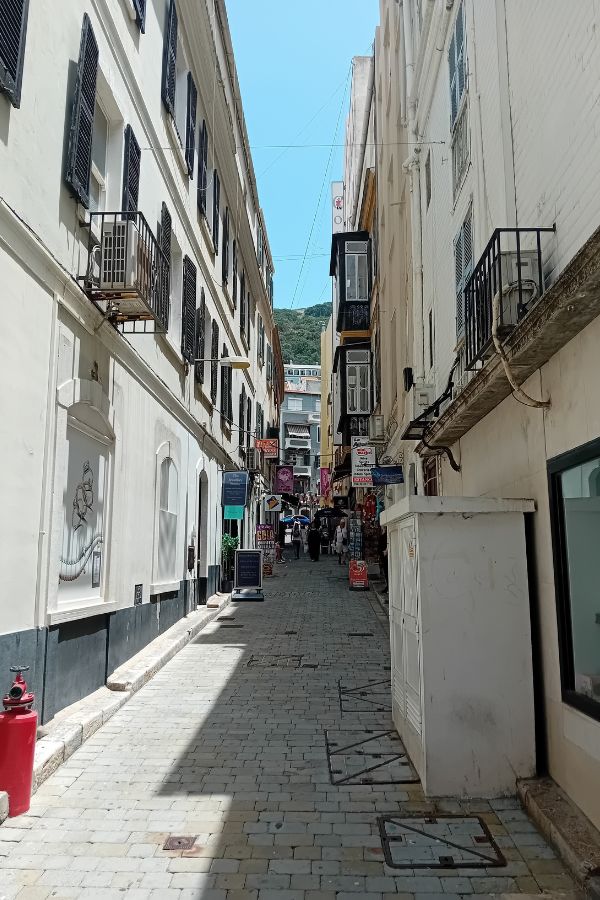

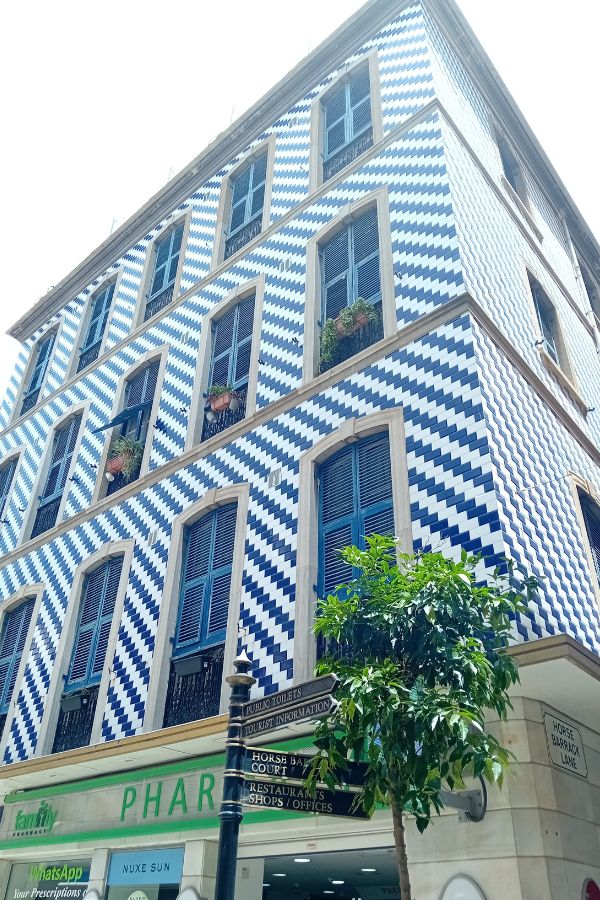
Pro tip: Don’t forget your passport for the return, and give yourself some buffer time to get back across the border. The queues to leave Gibraltar can be unpredictable.
Final Day in Malaga: Picasso, Craft Beer & Tapas (Again)
With our last day in Malaga, we took it easy. We strolled the Old Town, popped into the Picasso House Museum (small but worth a visit for fans), and treated ourselves to some well-earned cold drinks at the Cruzcampo Tap House.
We wrapped it all up at a local craft ale bar—the perfect way to toast a week of sunshine, sweat, and spontaneous detours.
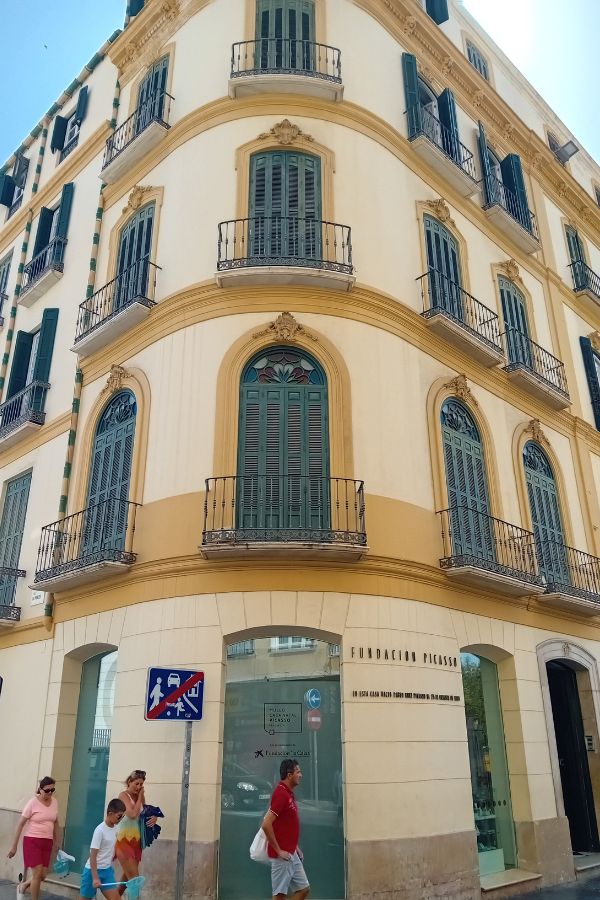
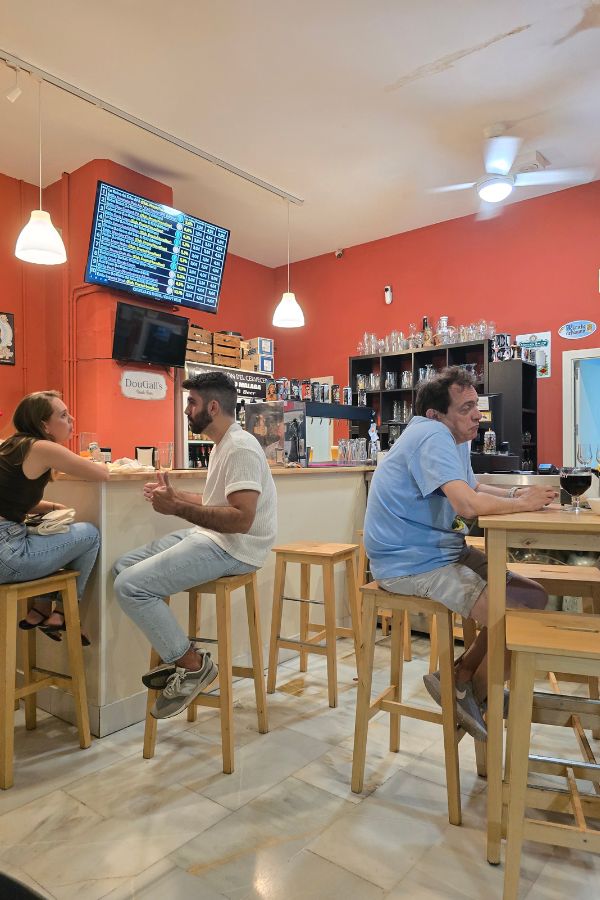
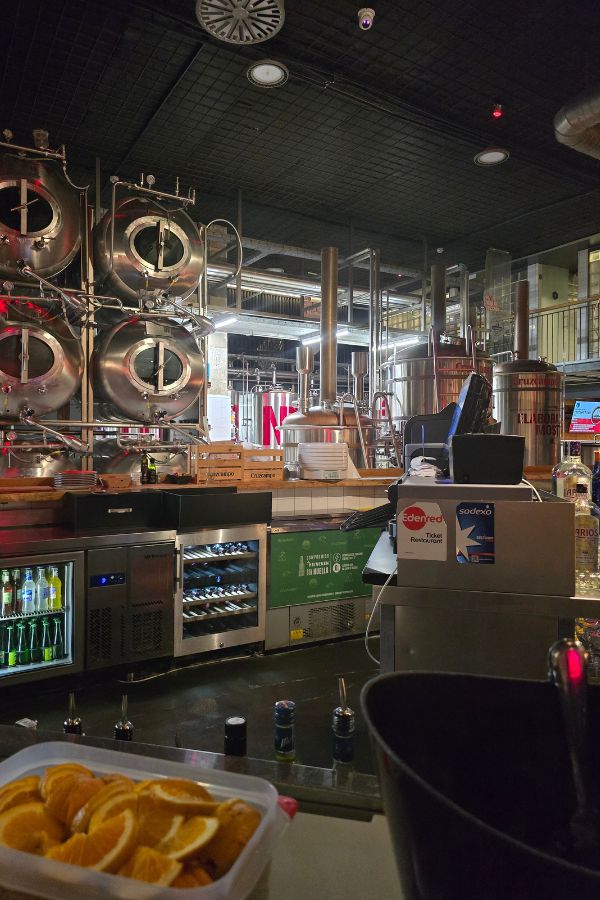
Final Thoughts: Why This Southern Spain Itinerary Just Works
This was one of those trips where everything came together—Malaga offered the perfect mix of sun, food, and cultural bits without overwhelm. Ronda gave us jaw-dropping views and old-world charm. Setenil was the quirky stop we didn’t know we needed. And Gibraltar? Total curveball—but the caves, monkeys, and “UK-but-not” vibe made it a must-do.
Travel Tips & FAQ
How many days do you need in Malaga?
At least 3–4 days to explore the Old Town, beaches, port, Alcazaba, and local food scene. More if you’re adding day trips.
Is Gibraltar worth visiting from Malaga?
Yes—especially for history lovers, nature fans, and those curious about the Rock and its unique mix of cultures. Just don’t forget your passport.
How far is Ronda from Malaga?
About 1 hour 45 minutes by car or coach. Combine it with Setenil for a full-day trip through Andalucia’s white villages.
Do you need a tour to visit Setenil and Ronda?
No, but tours make life easier. Both places are walkable, but having someone else do the driving in those mountain roads is a bonus.